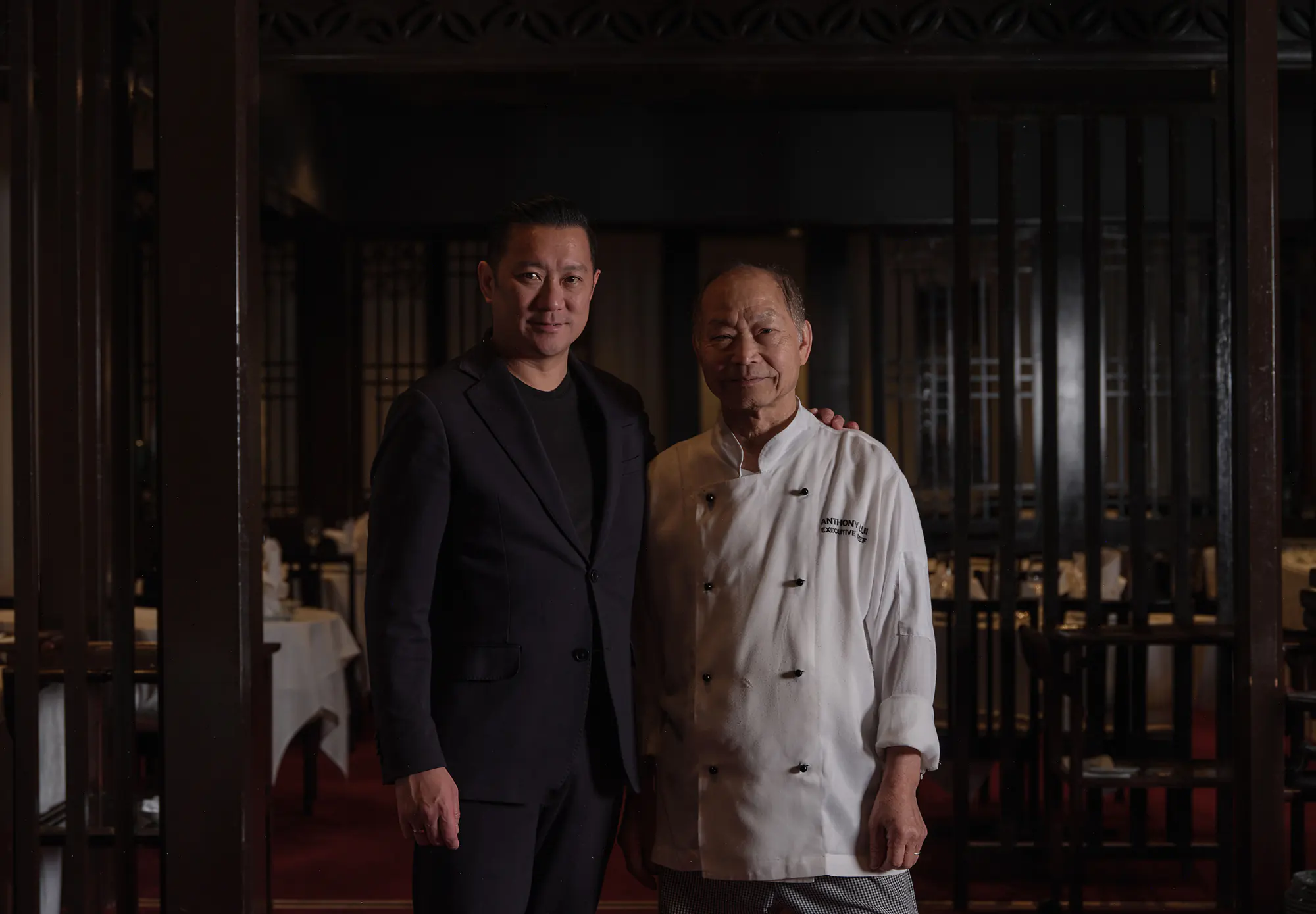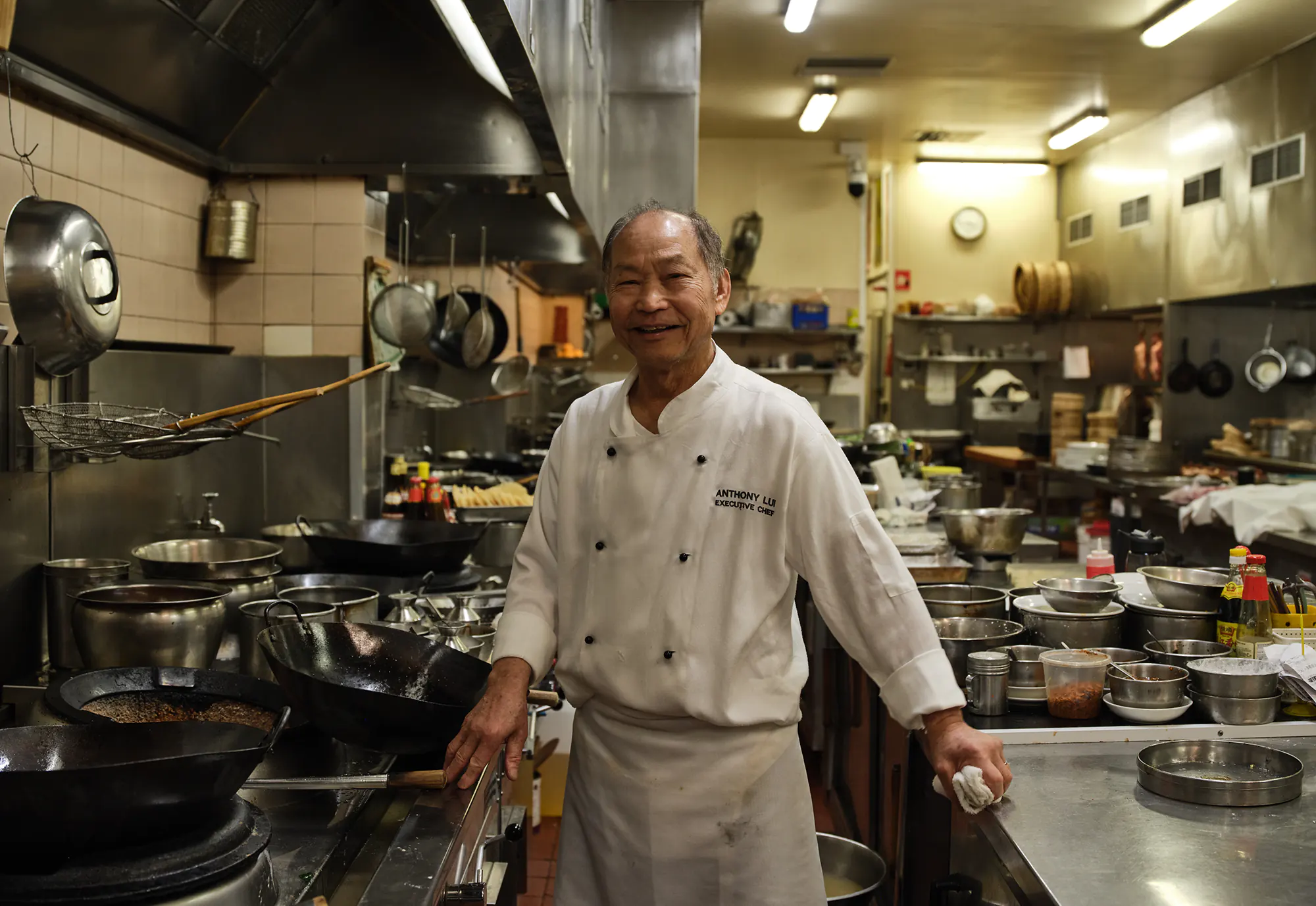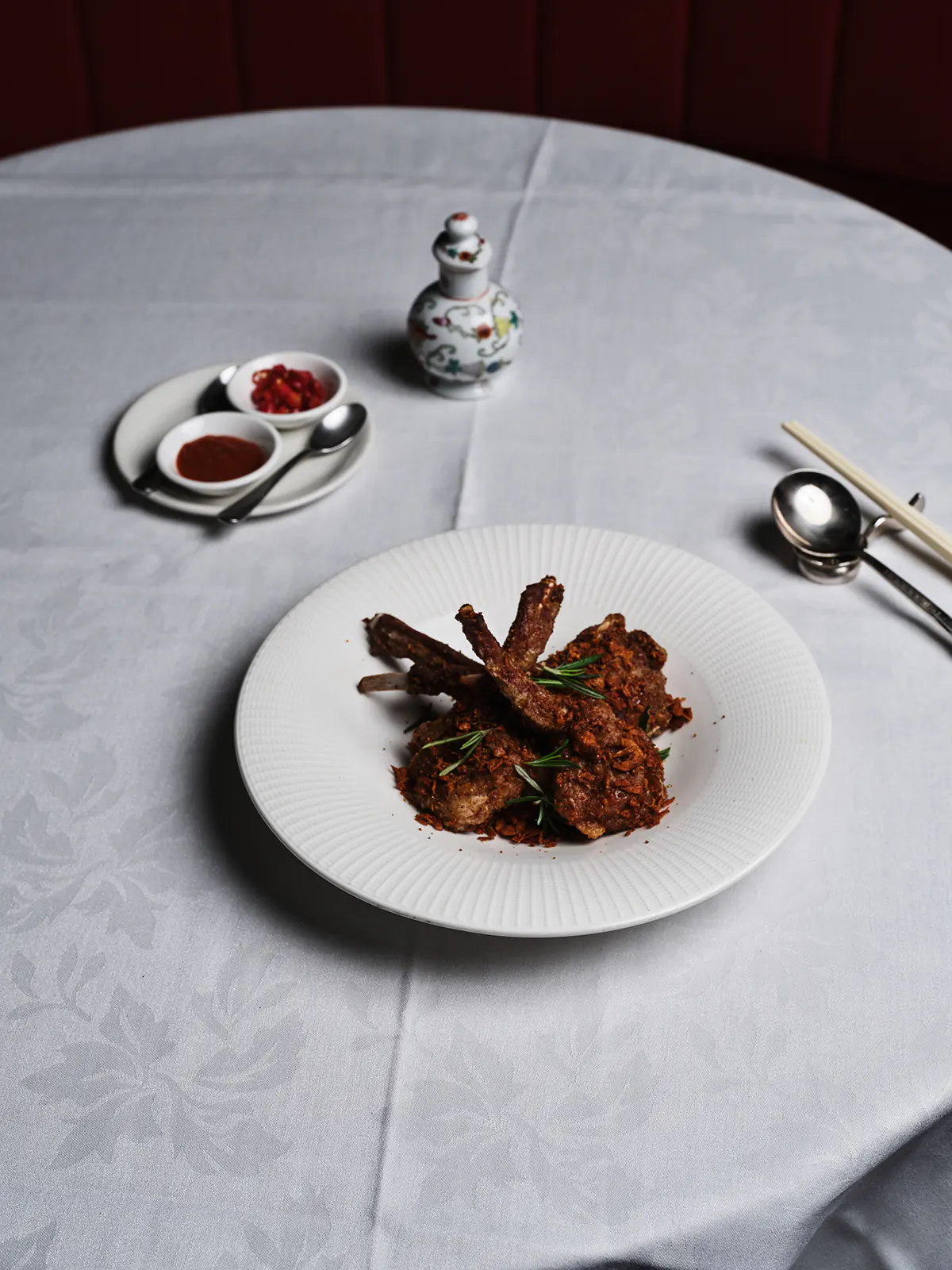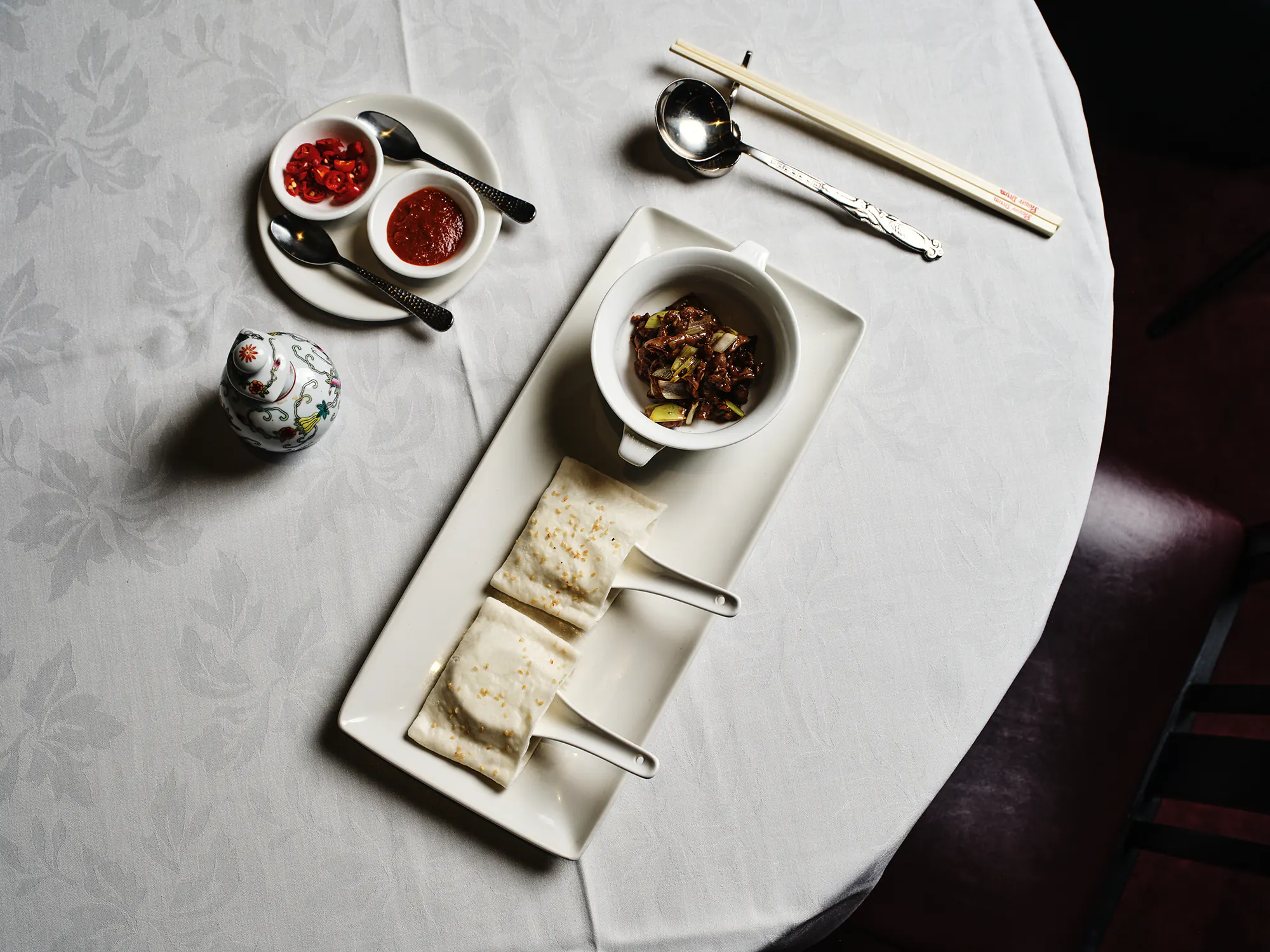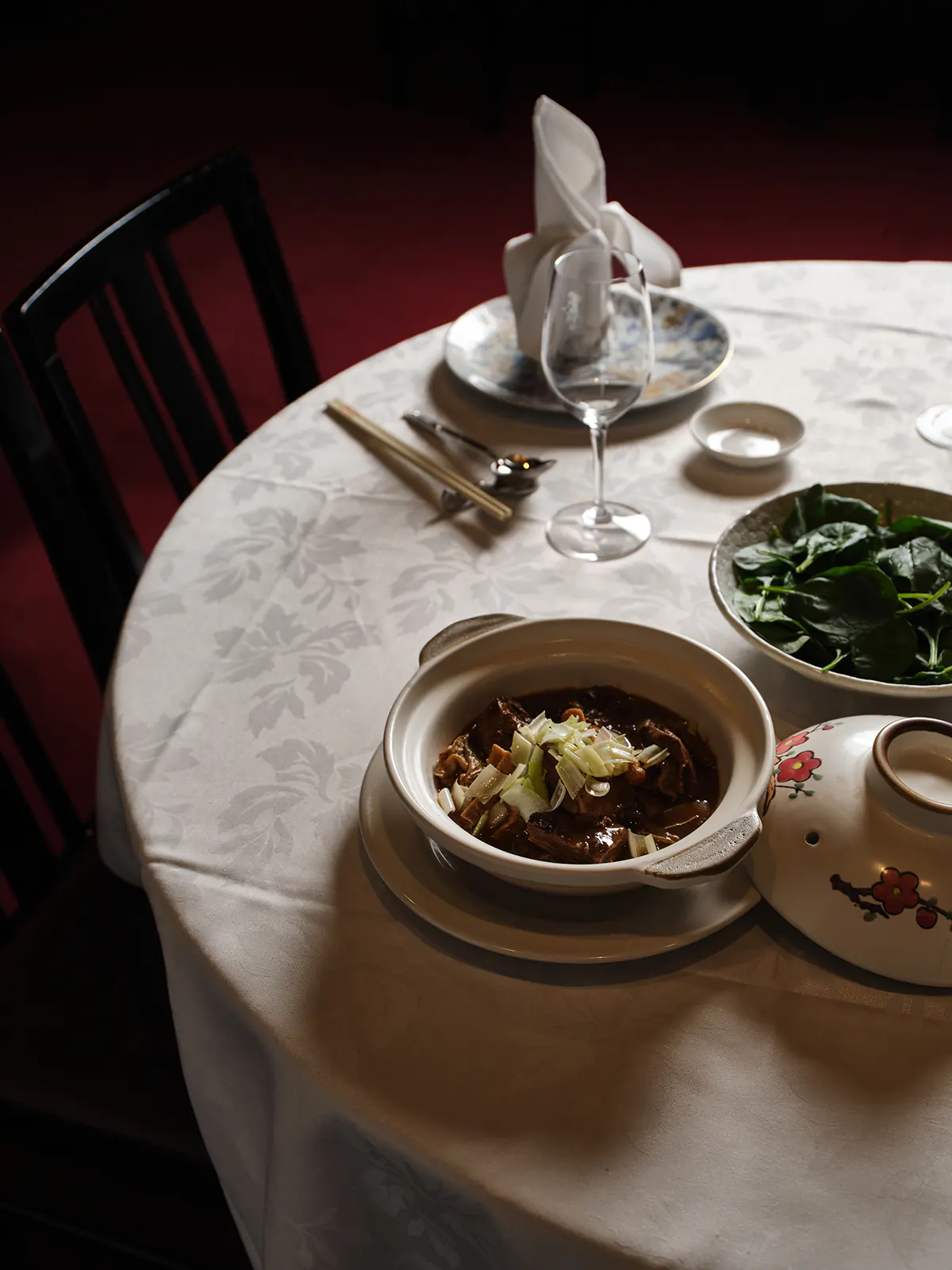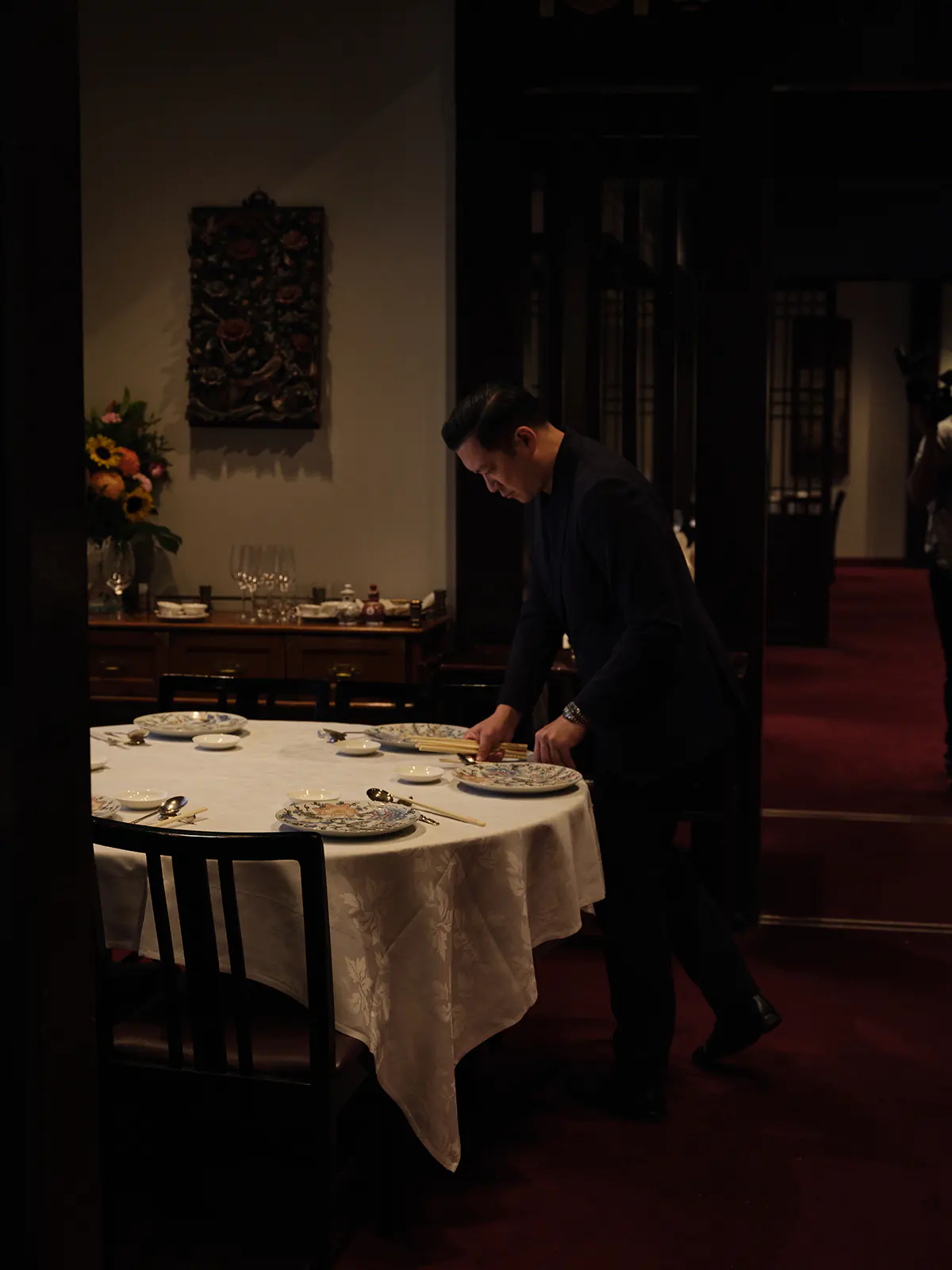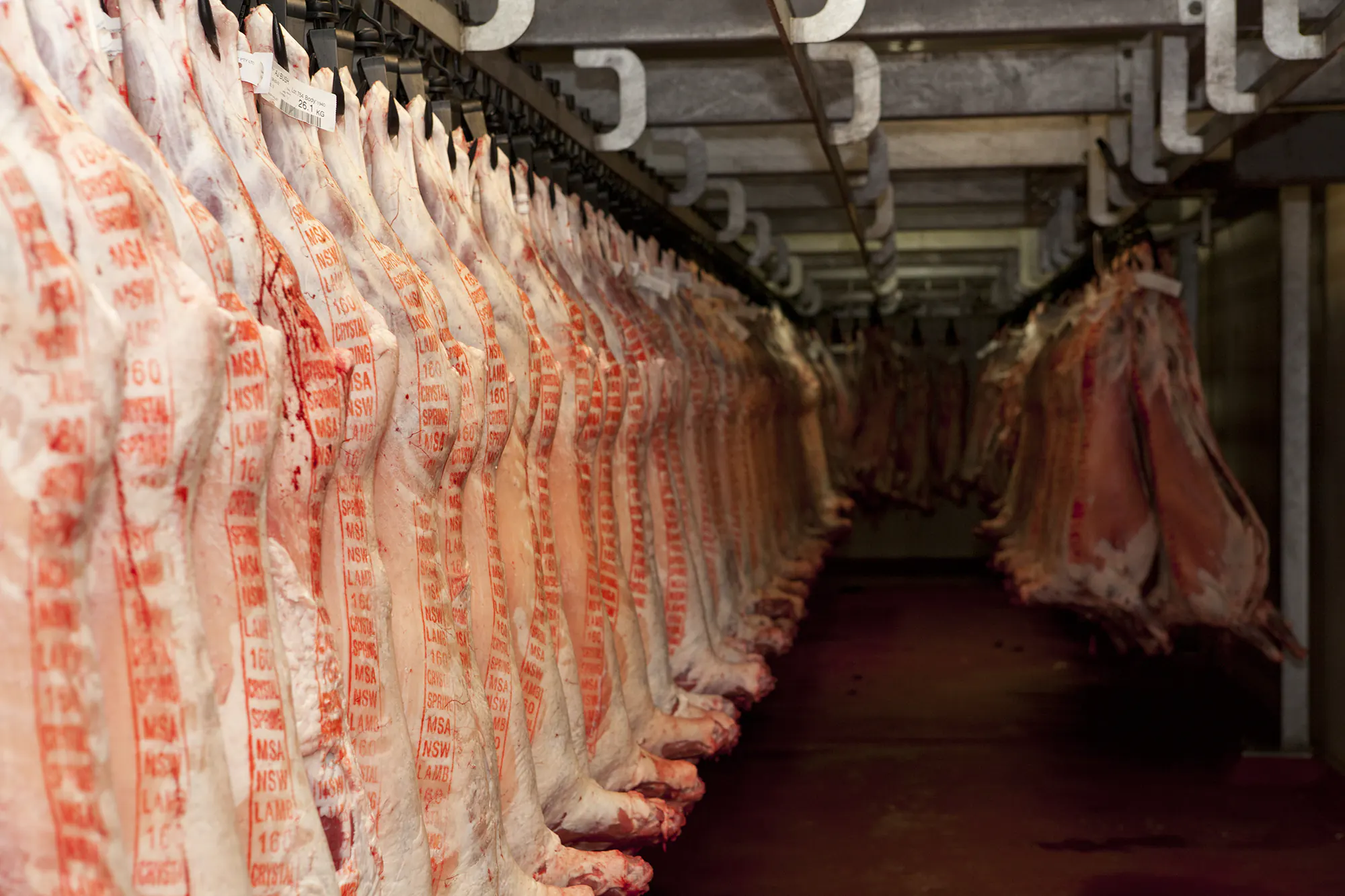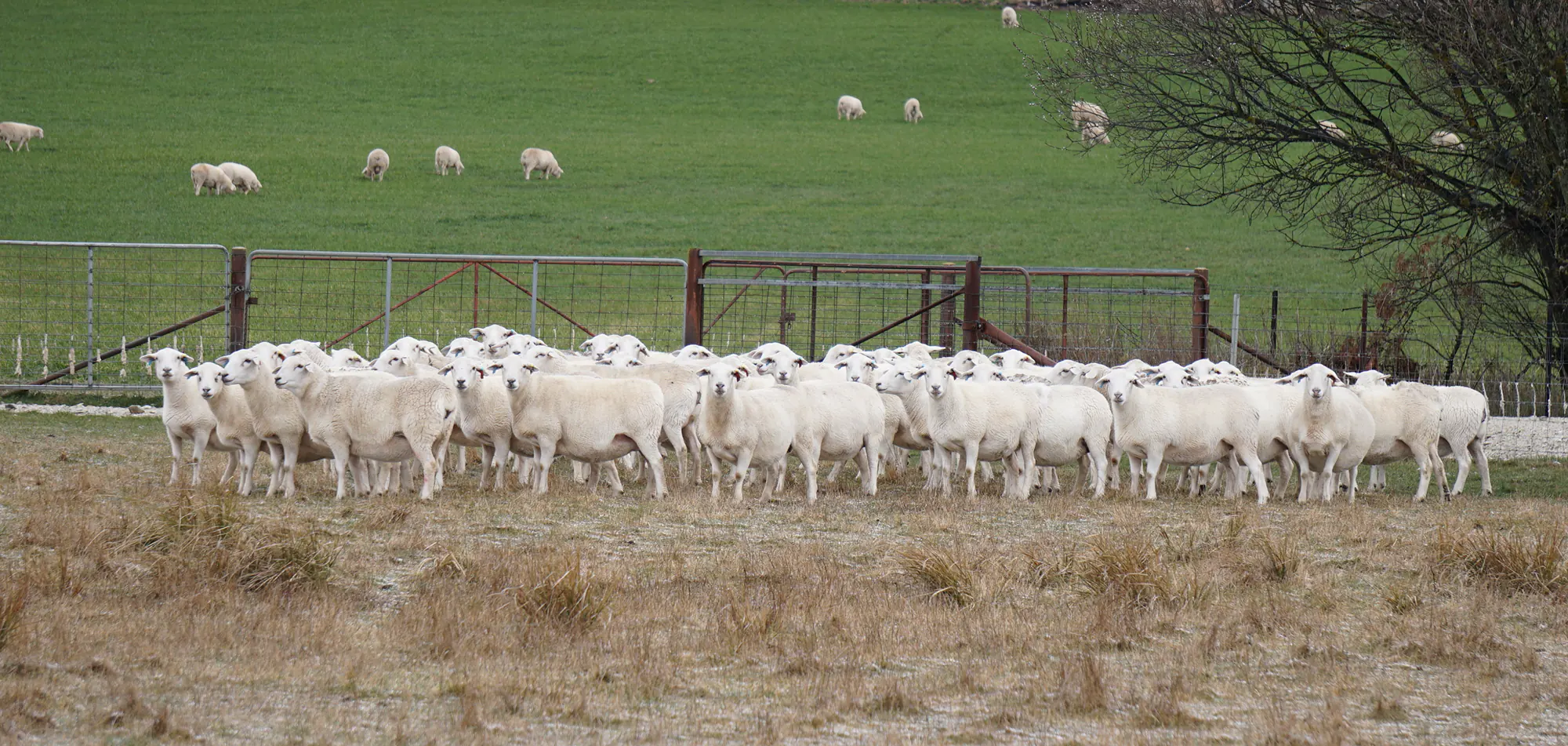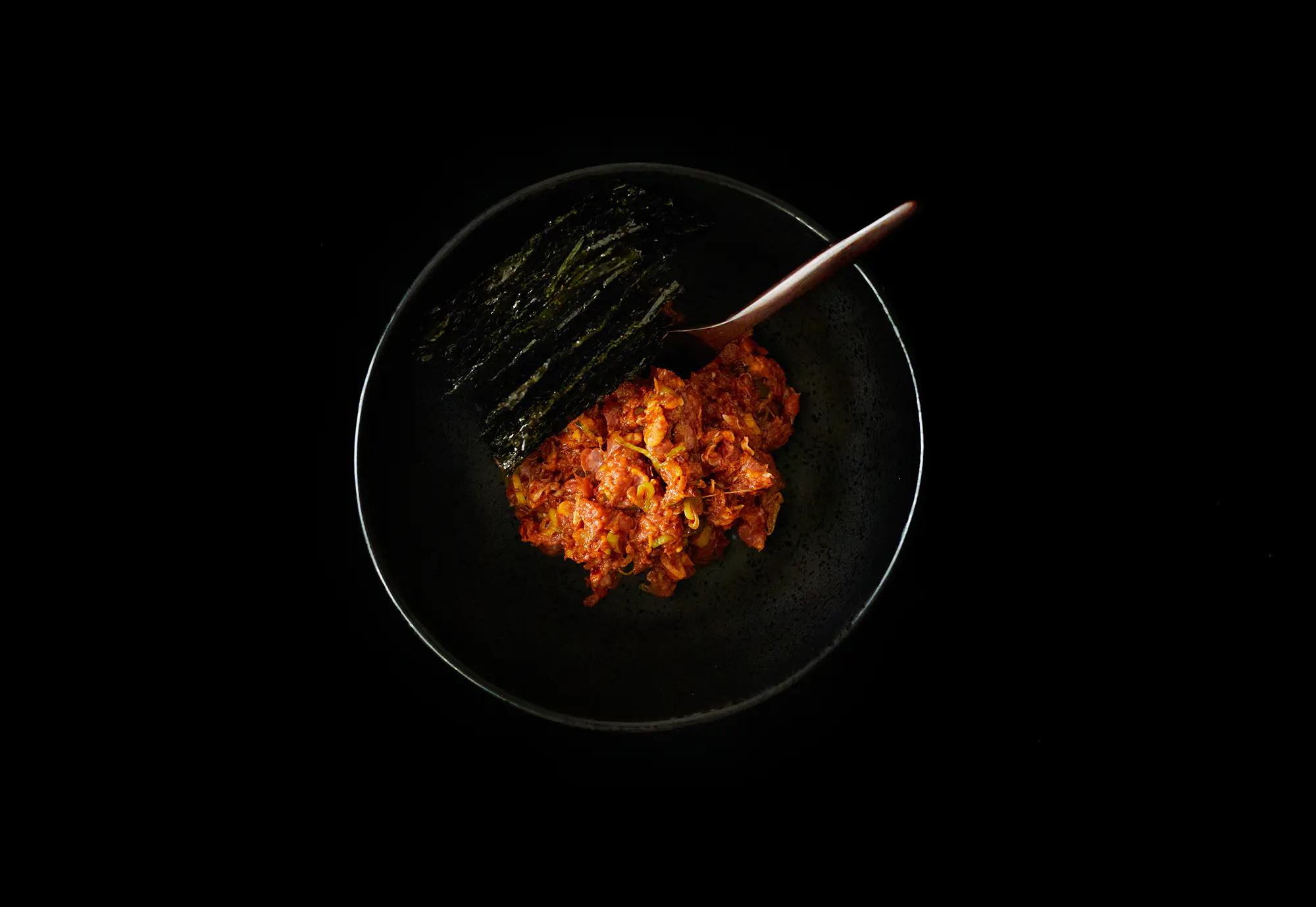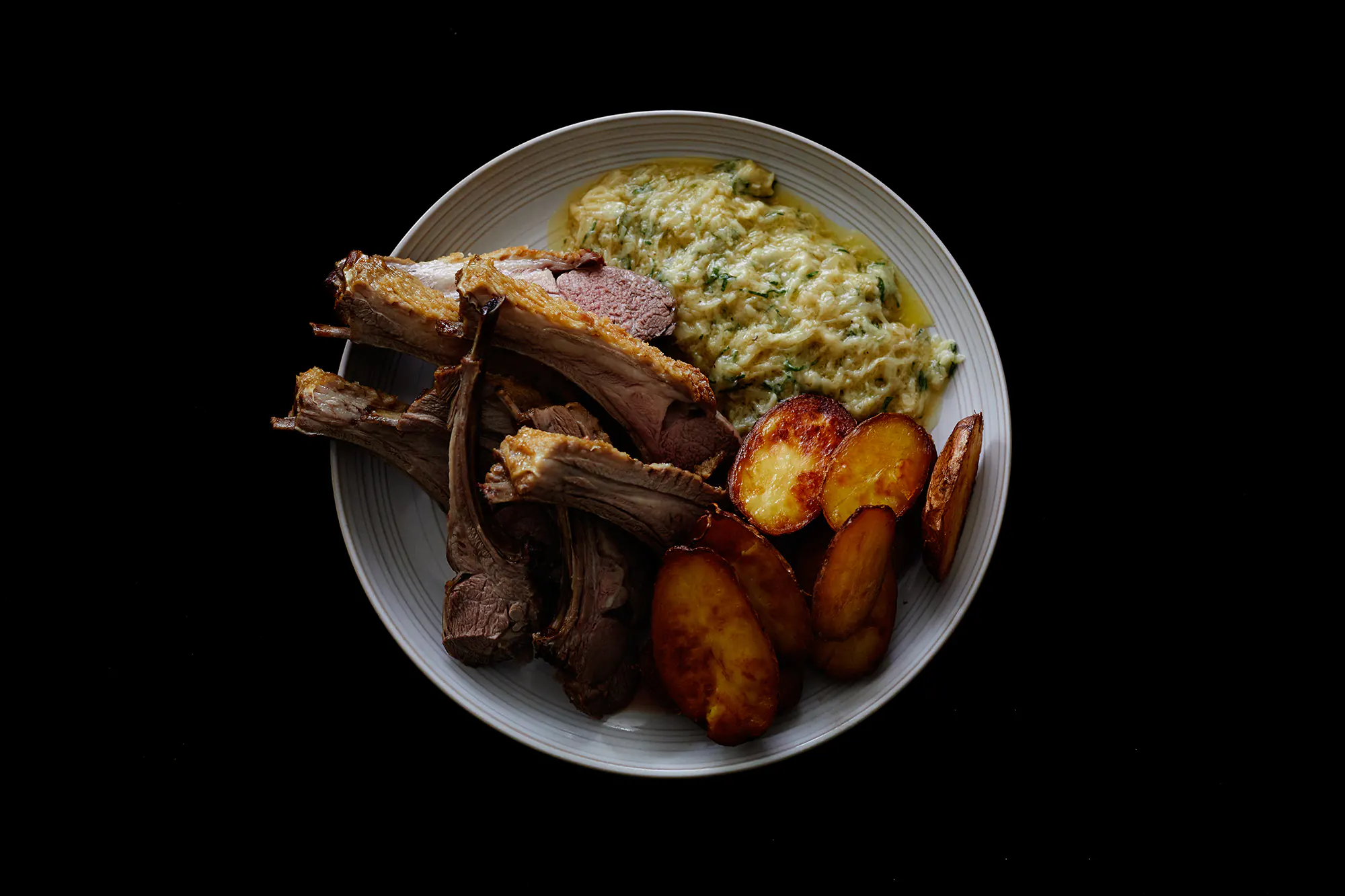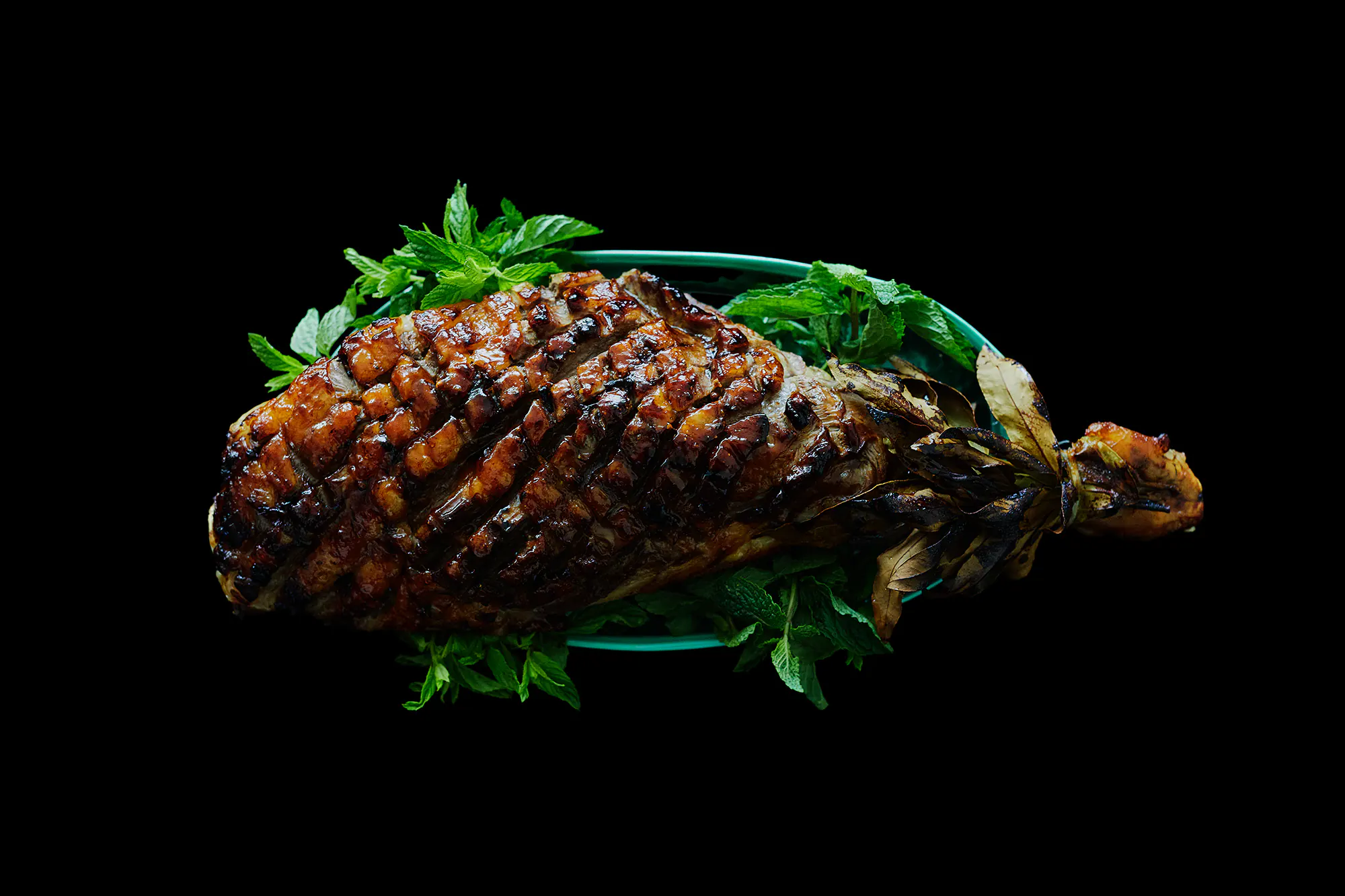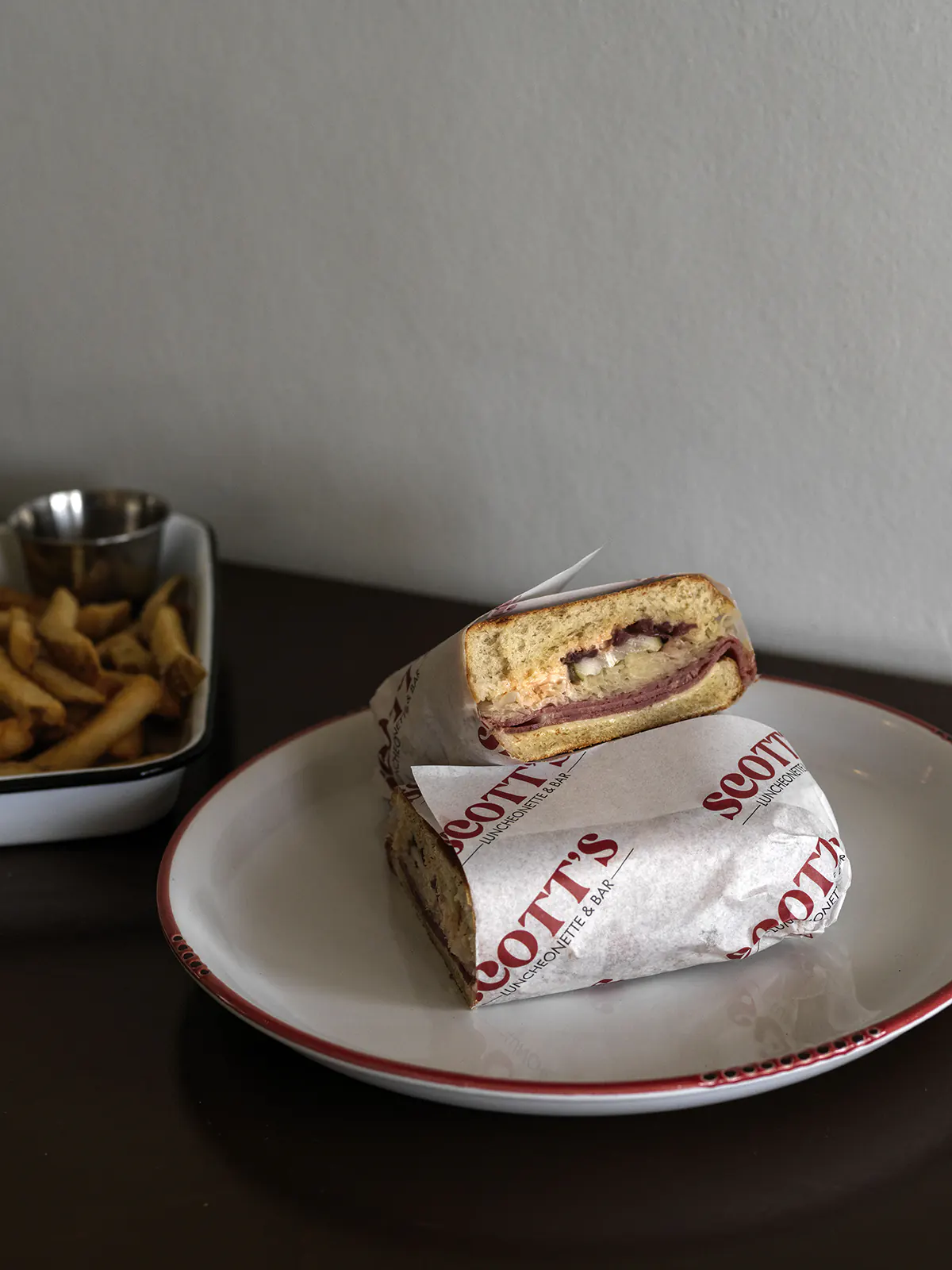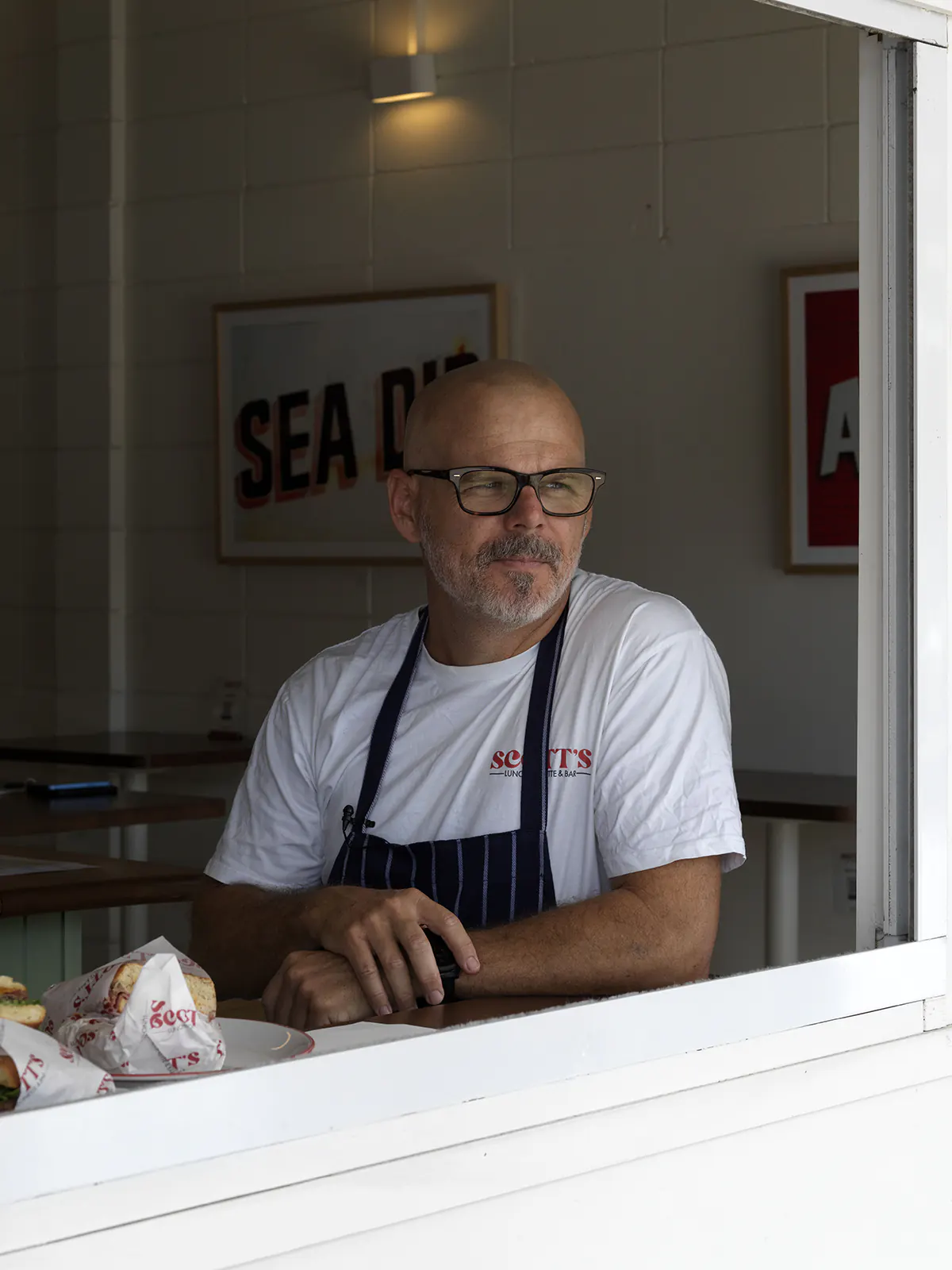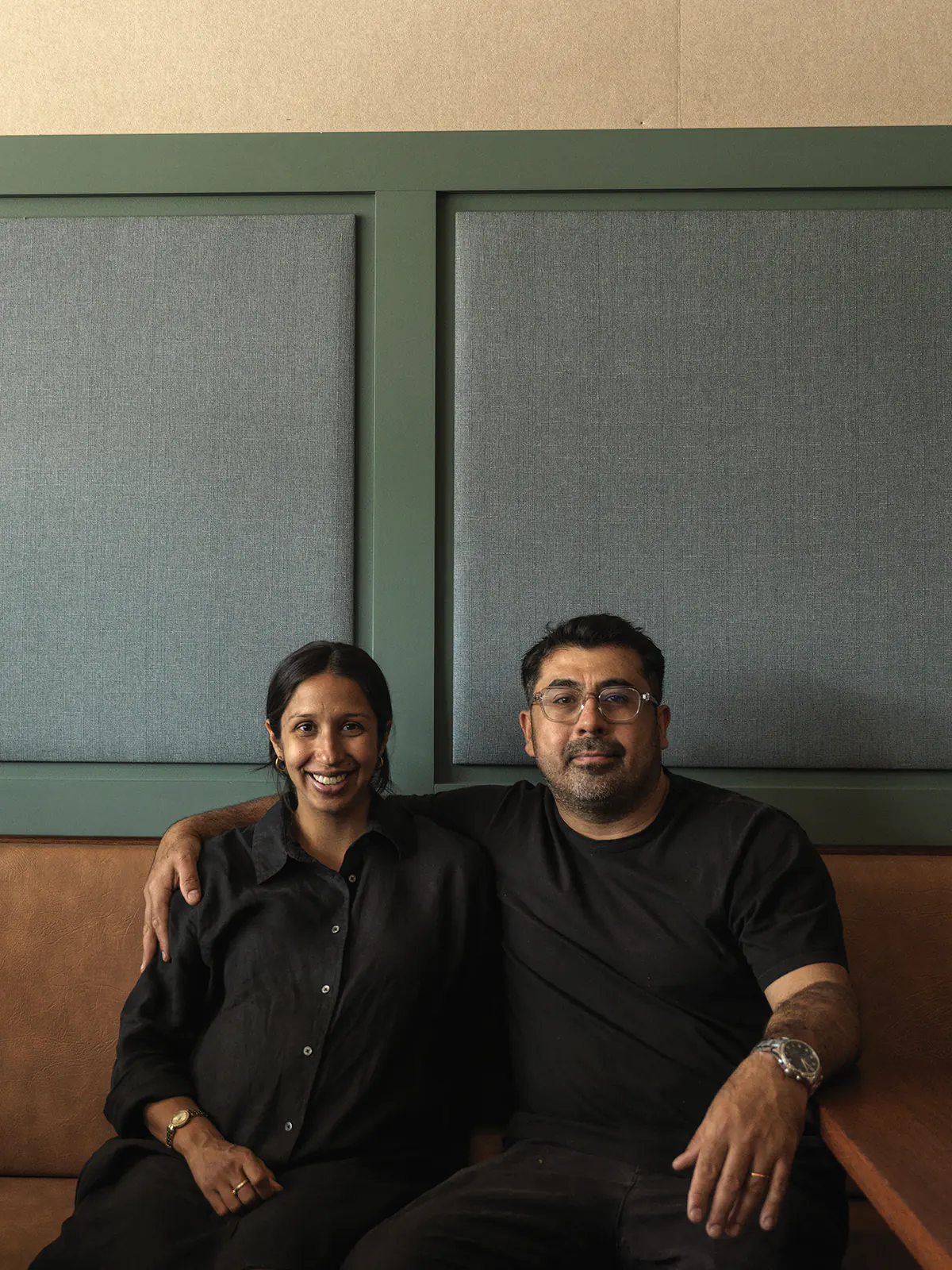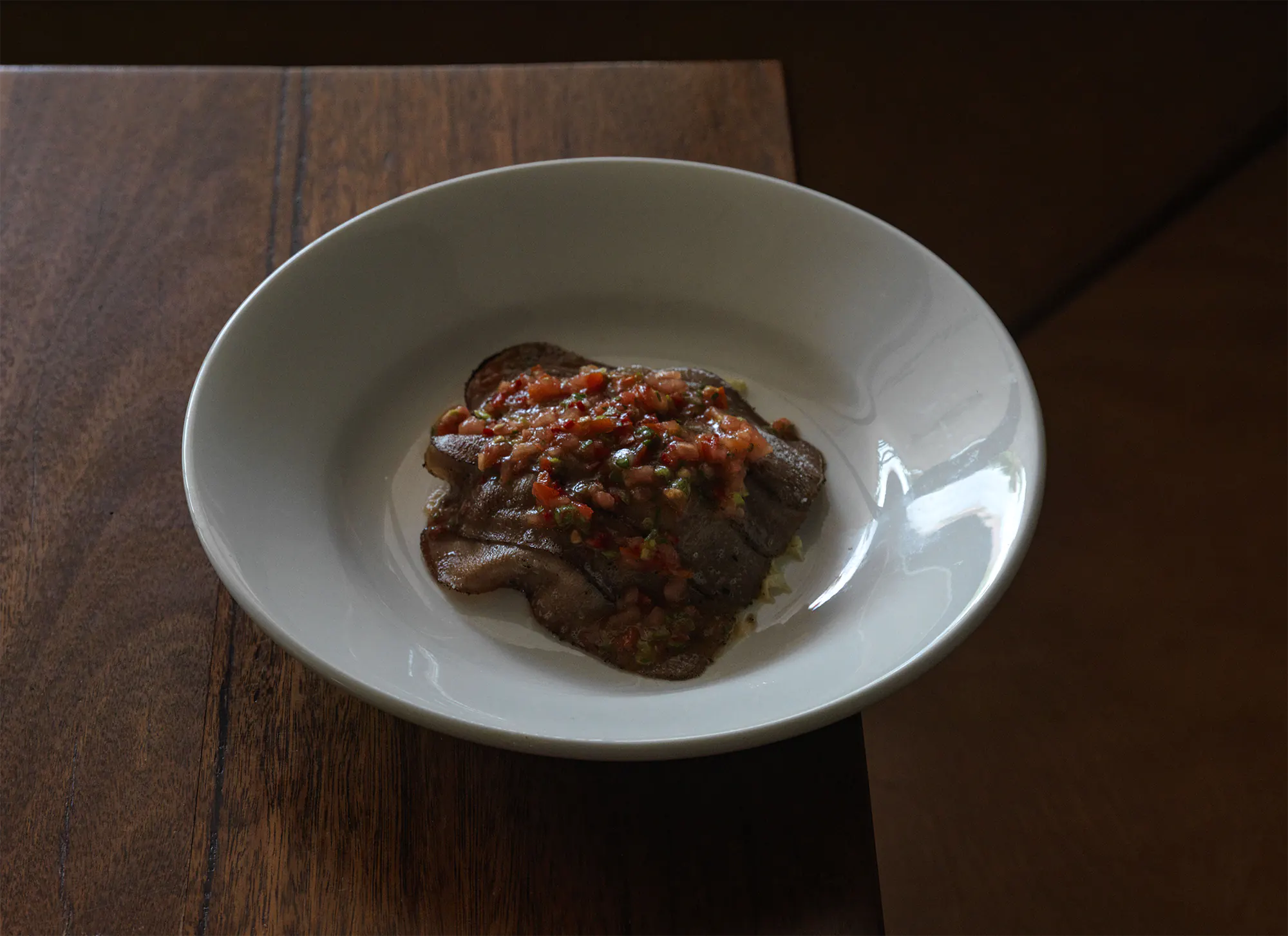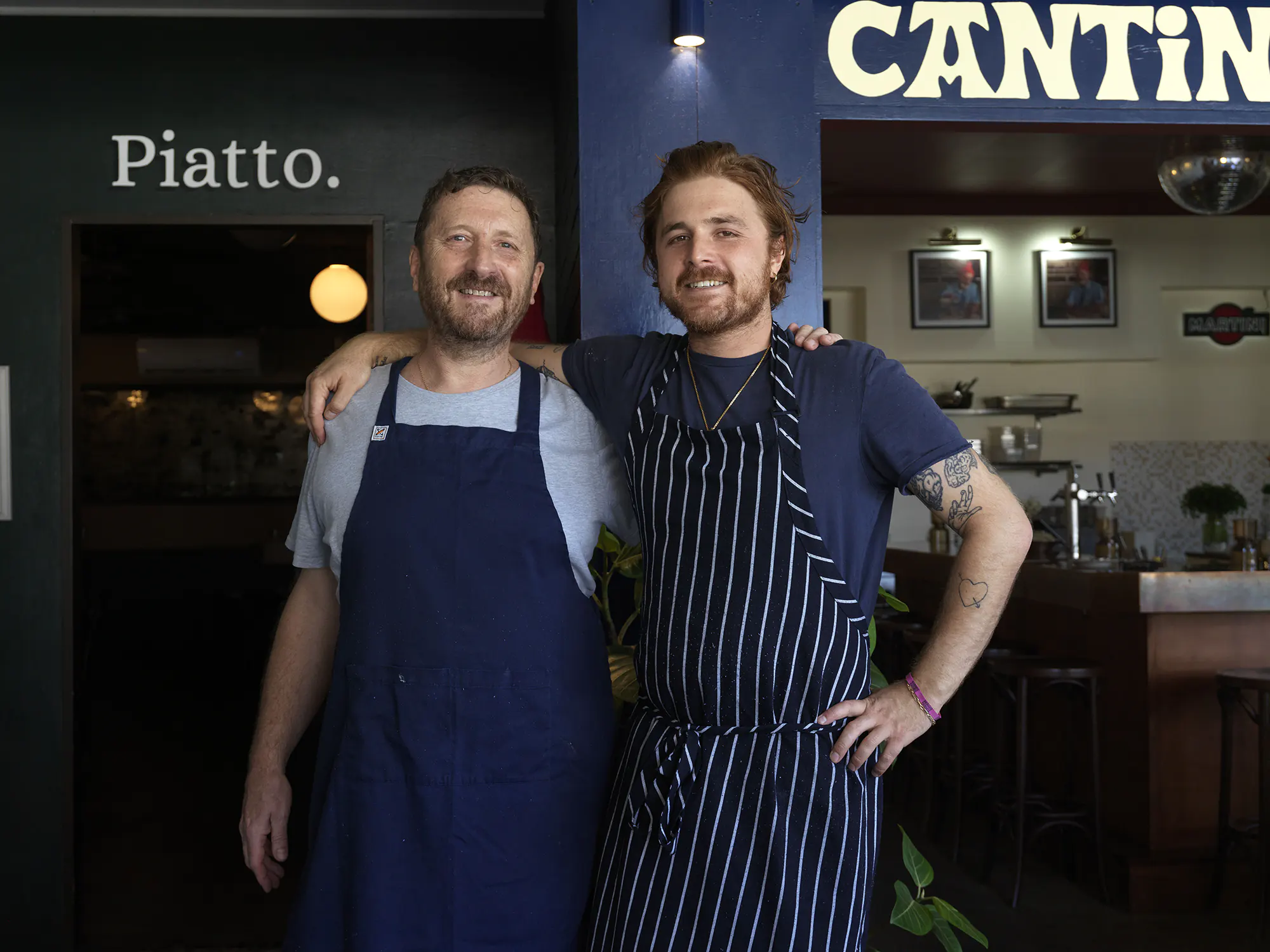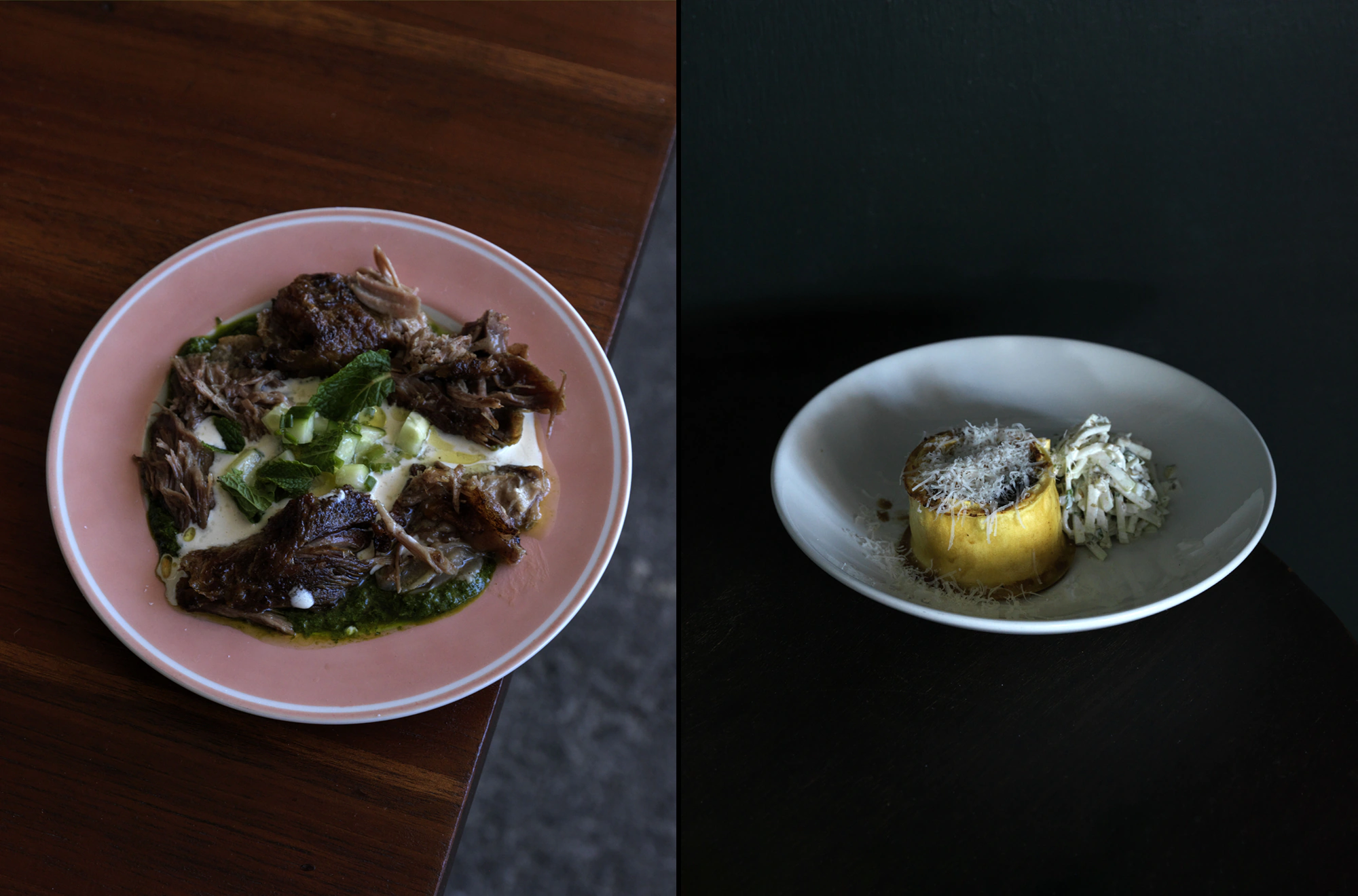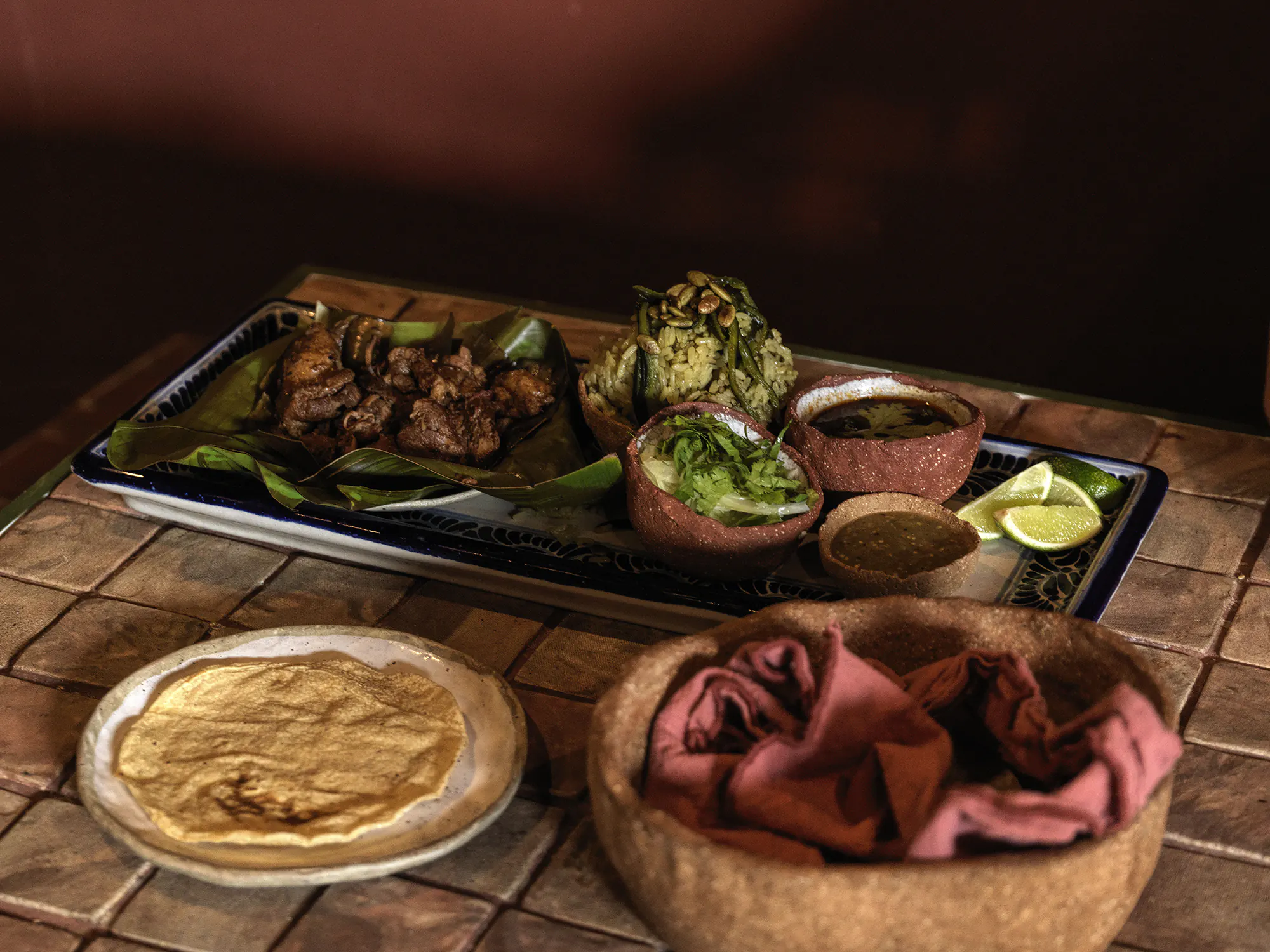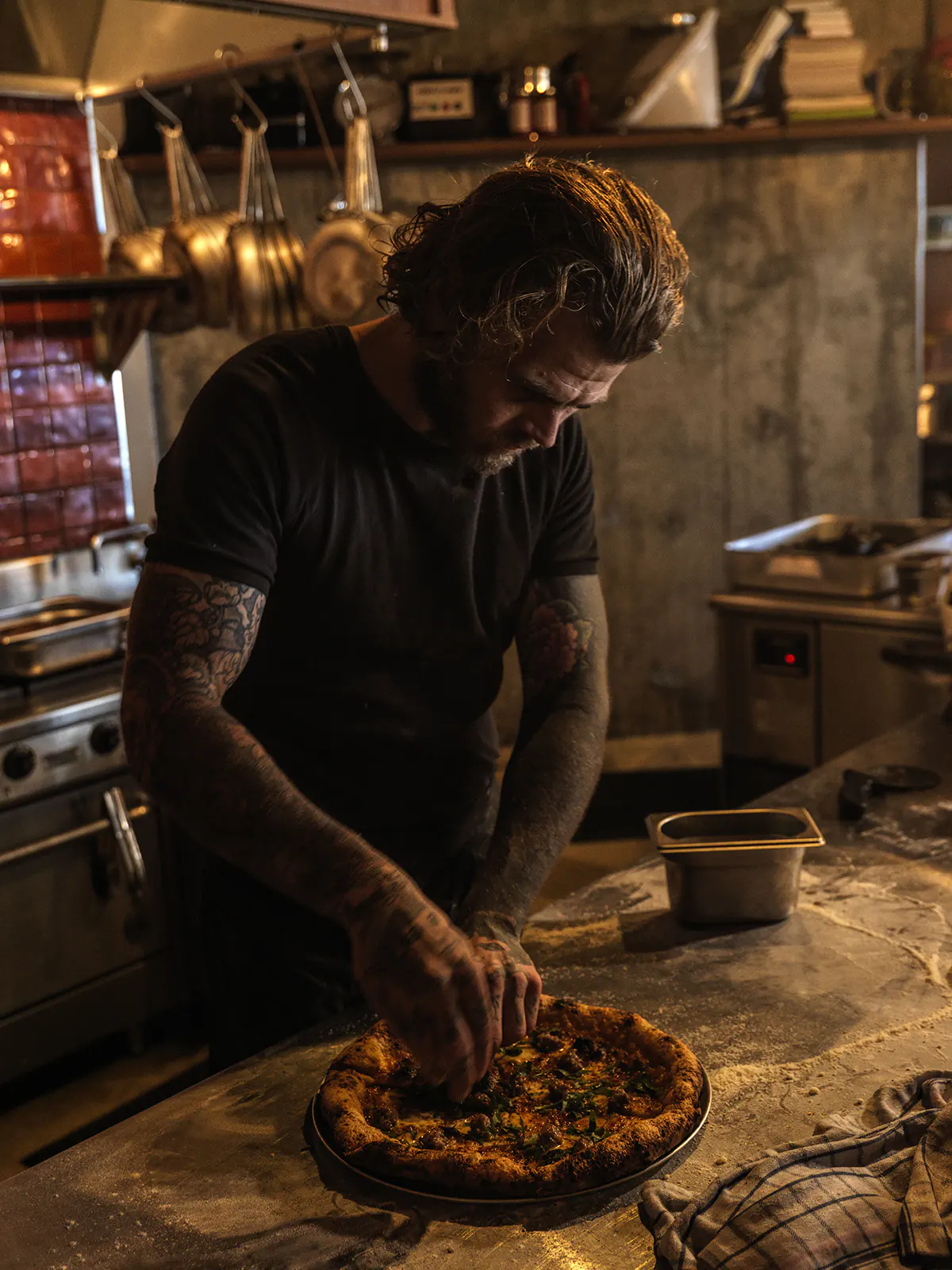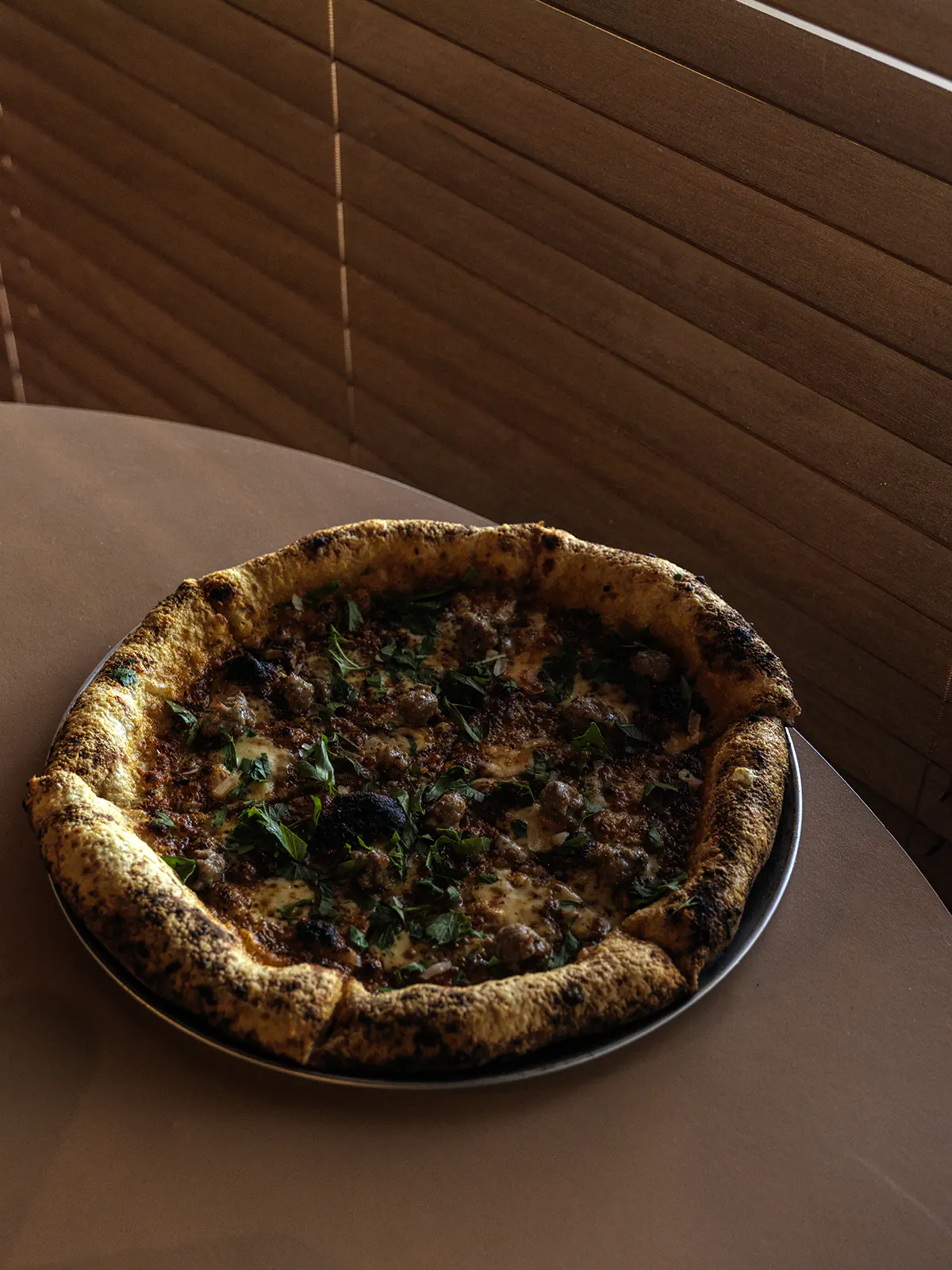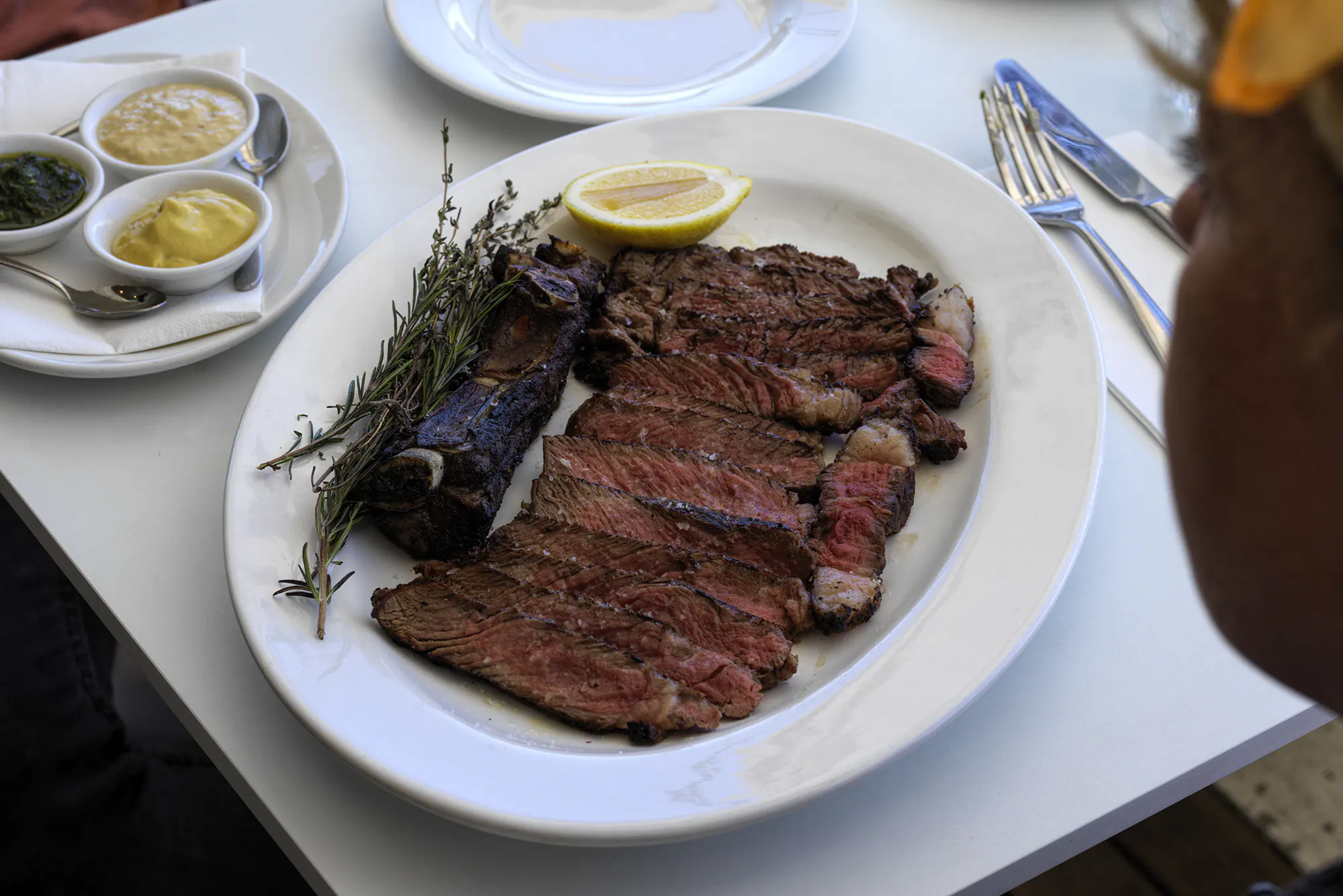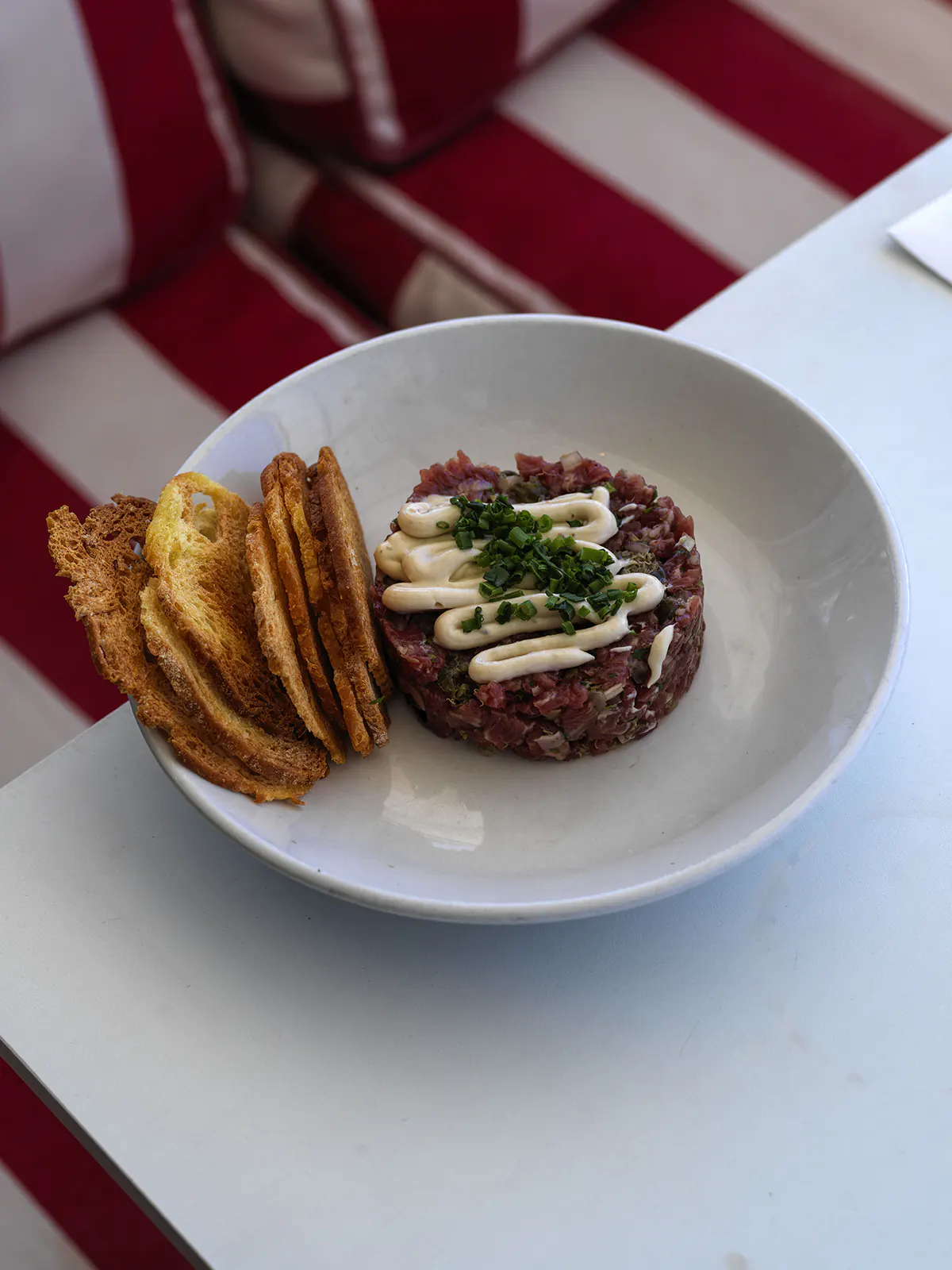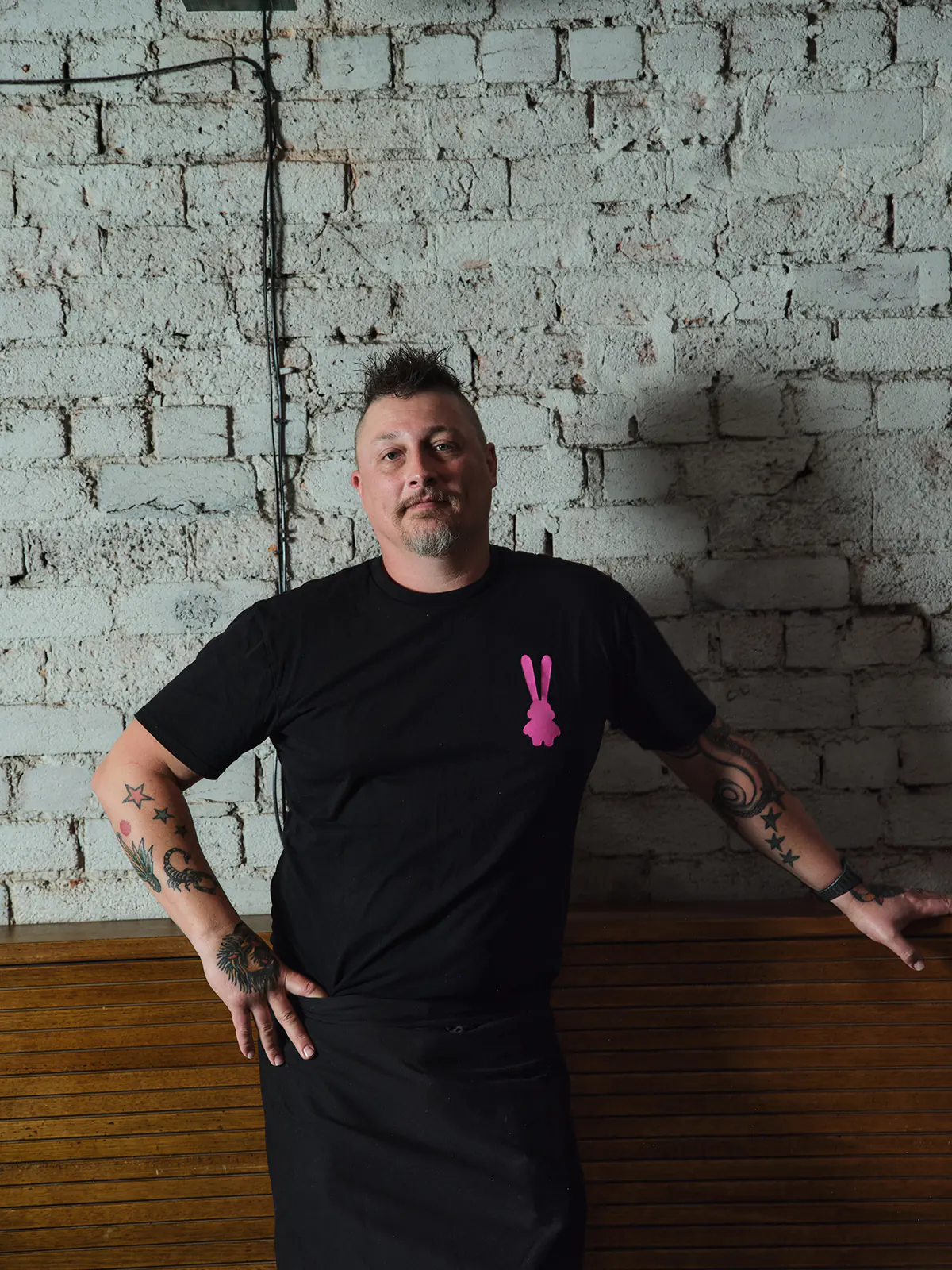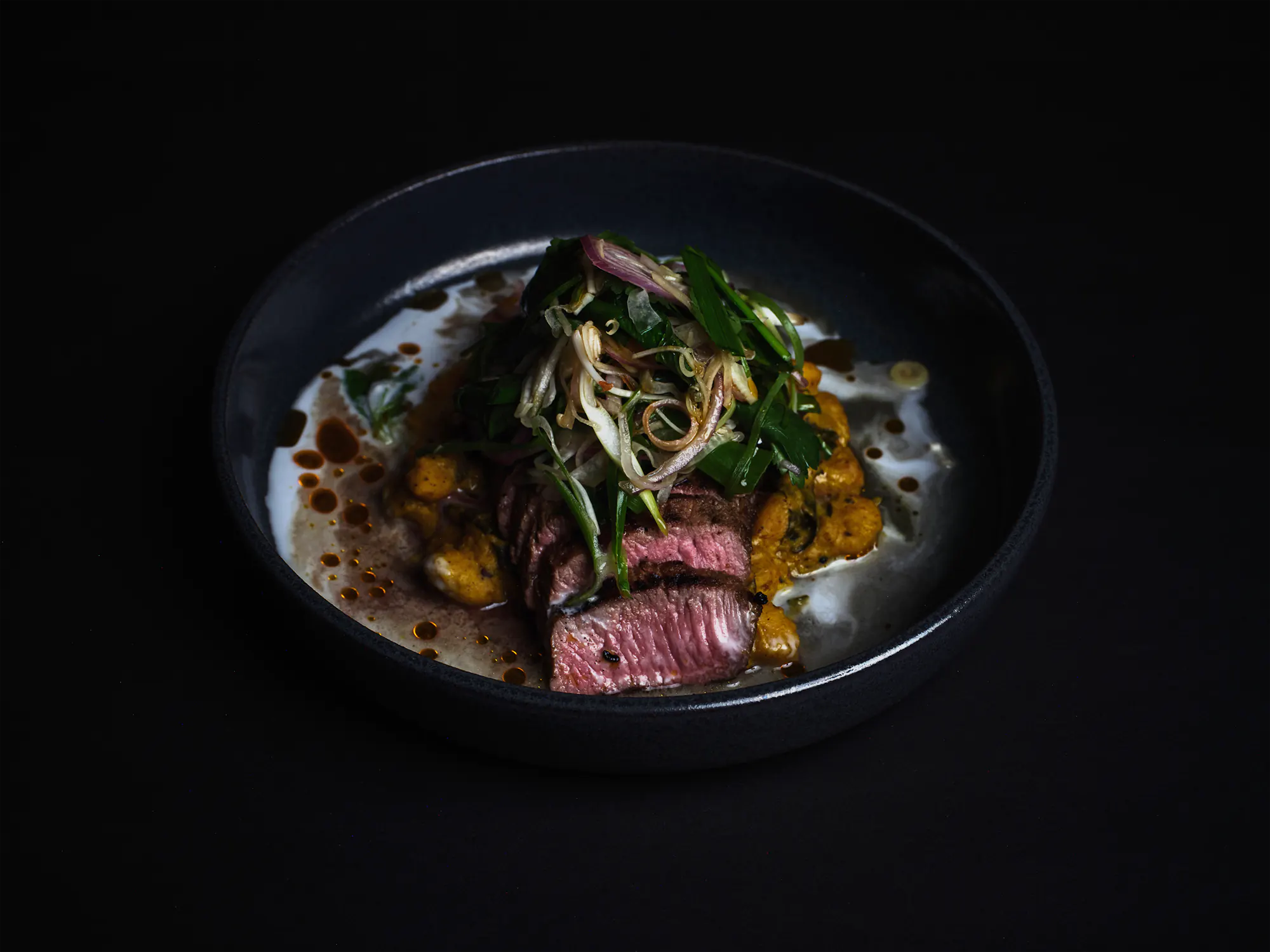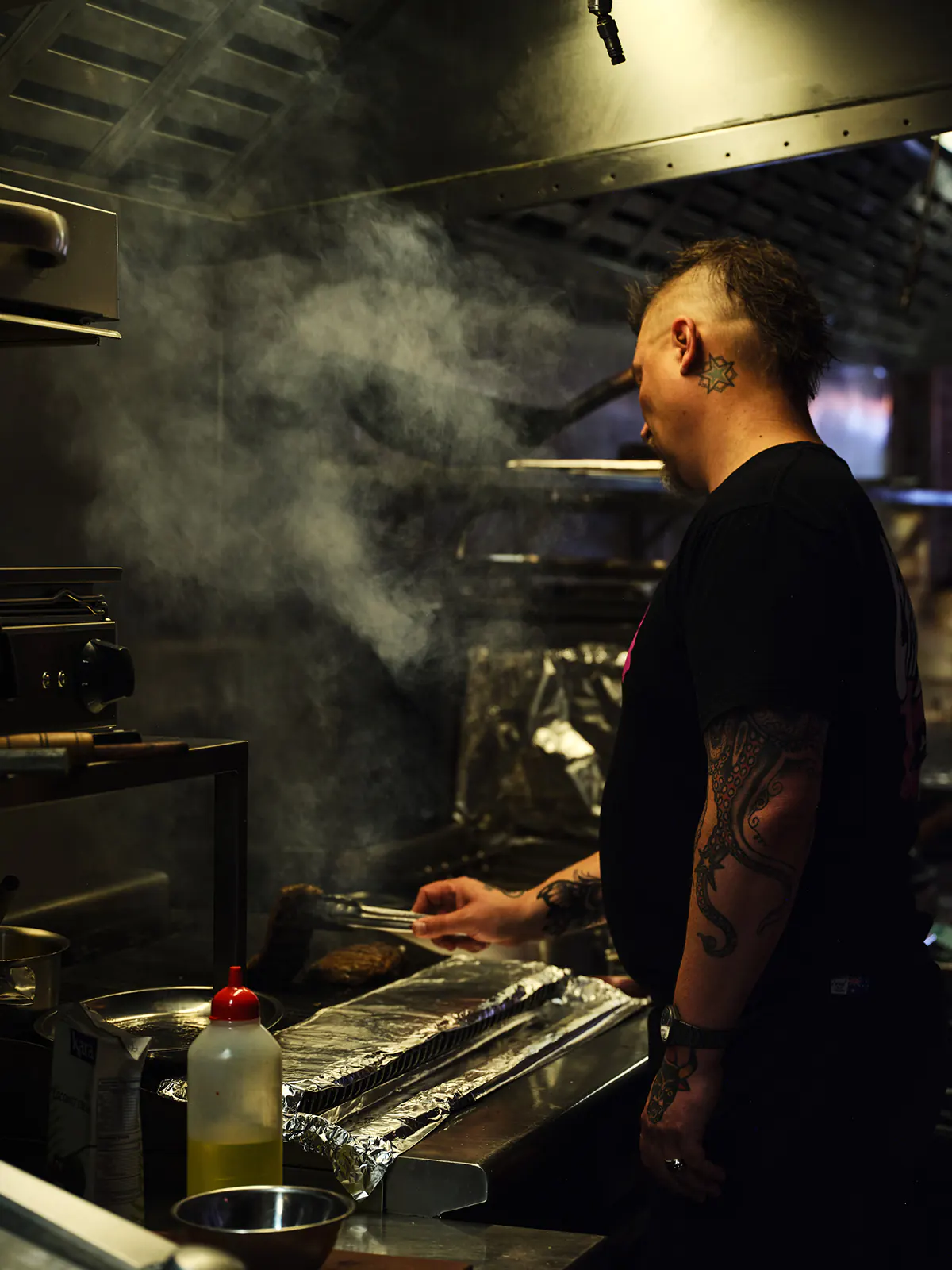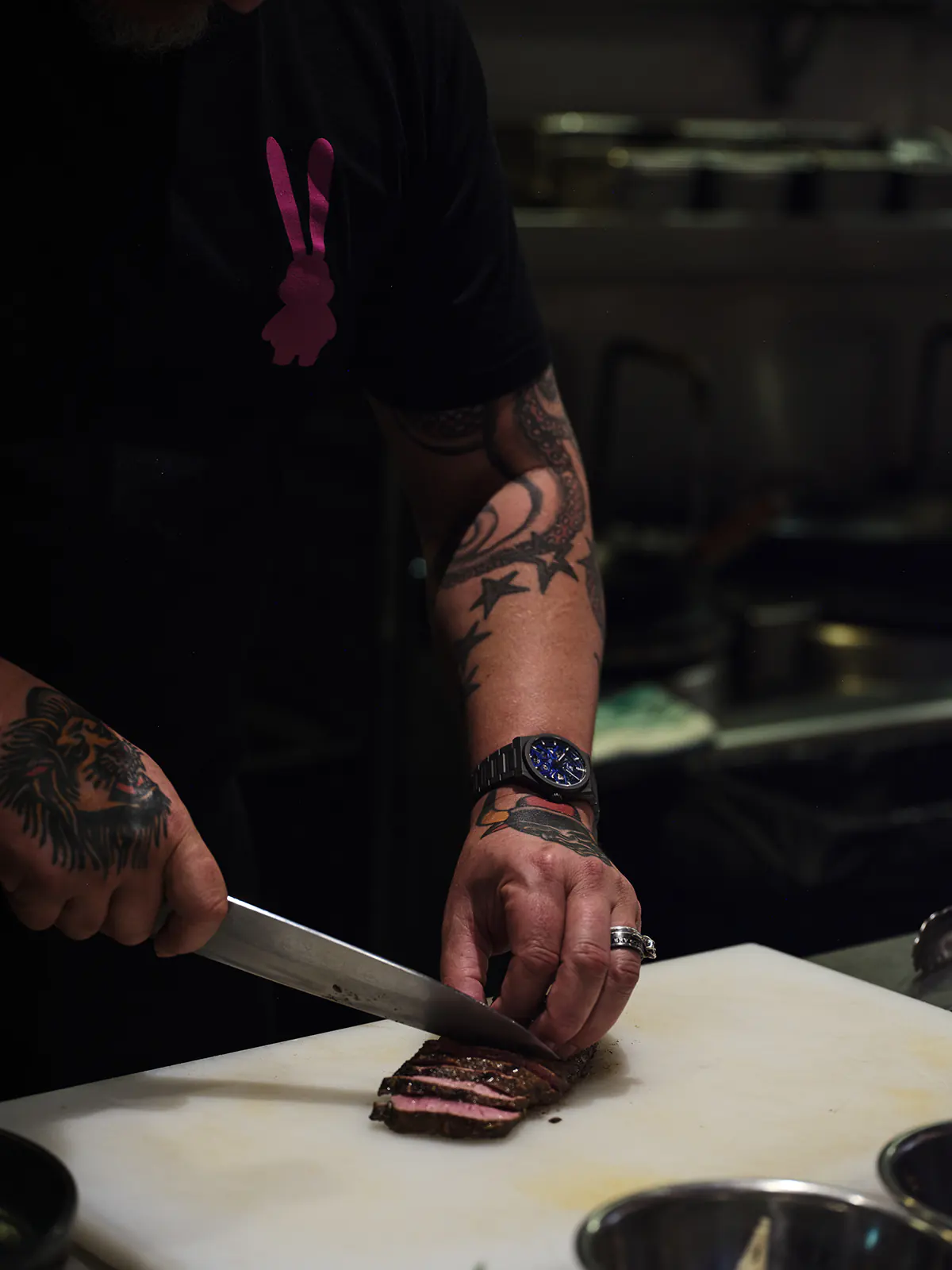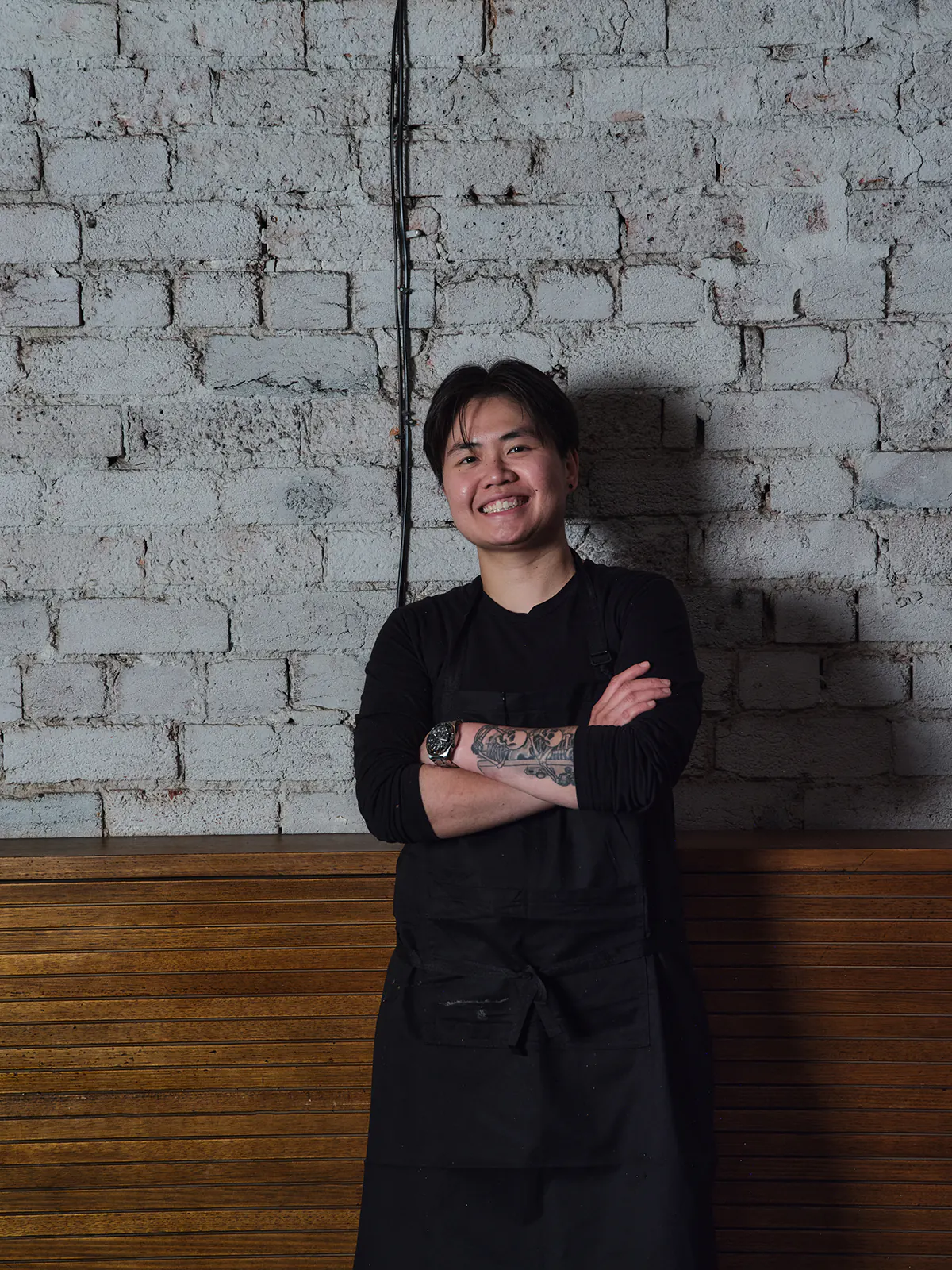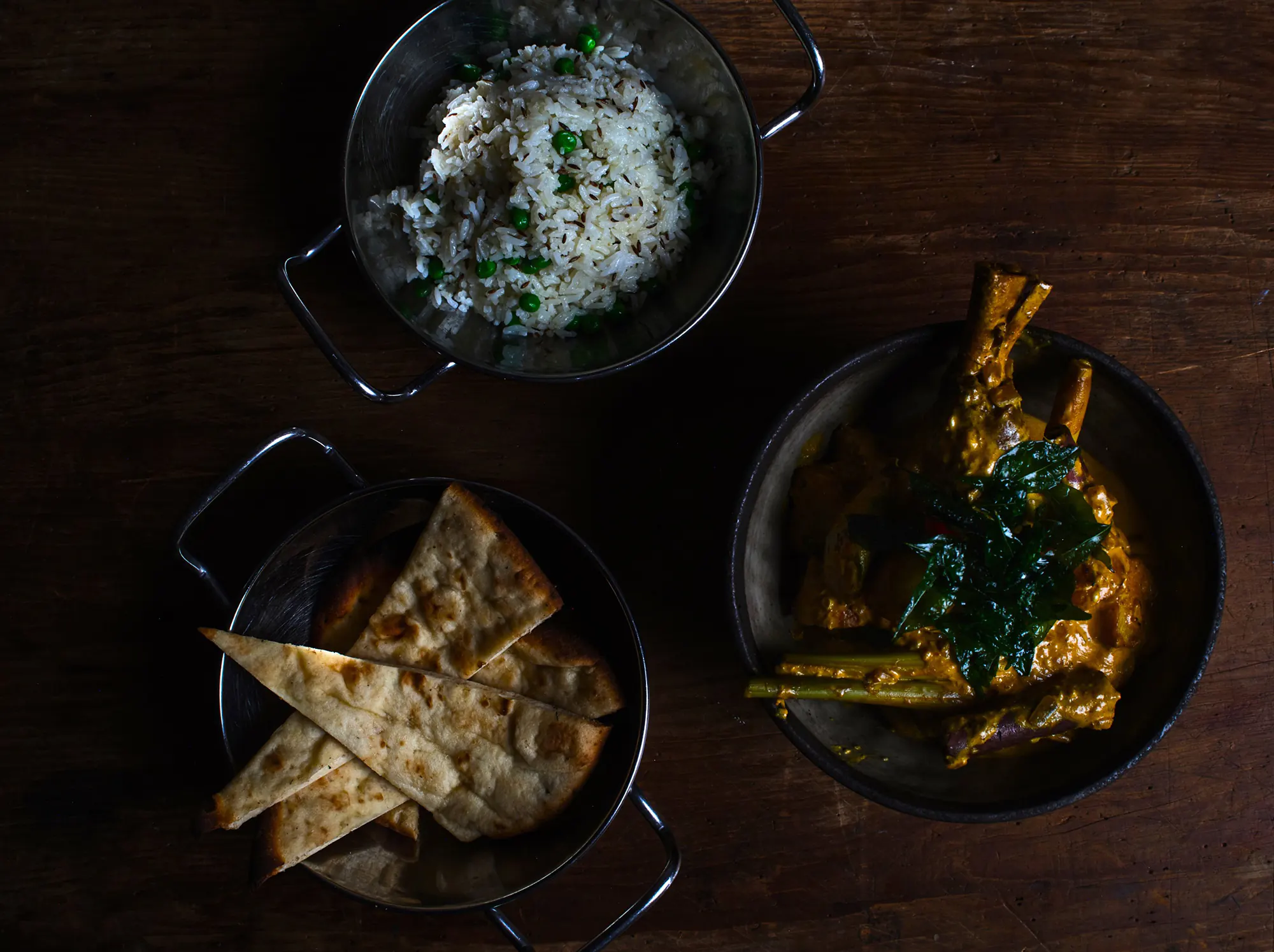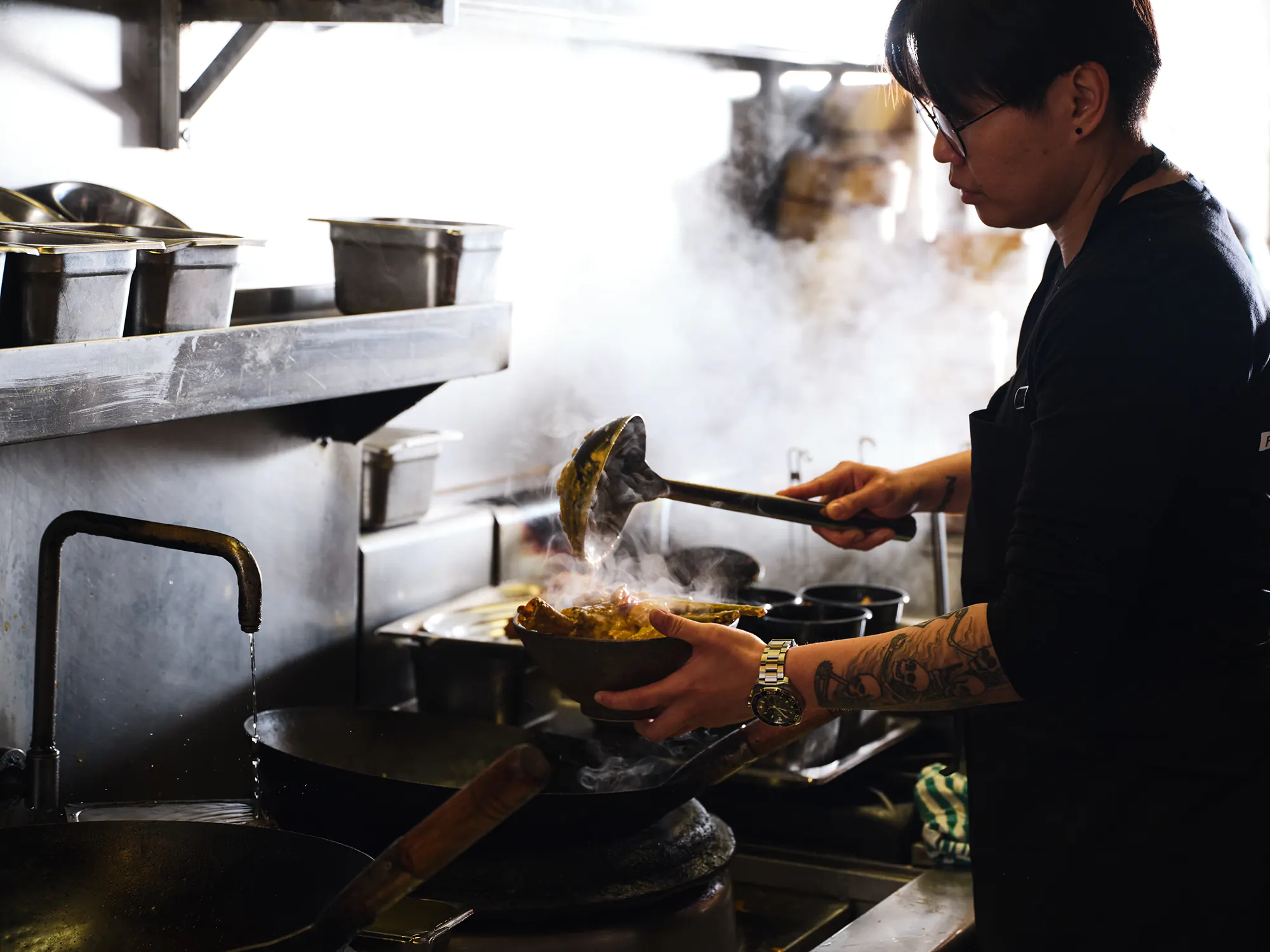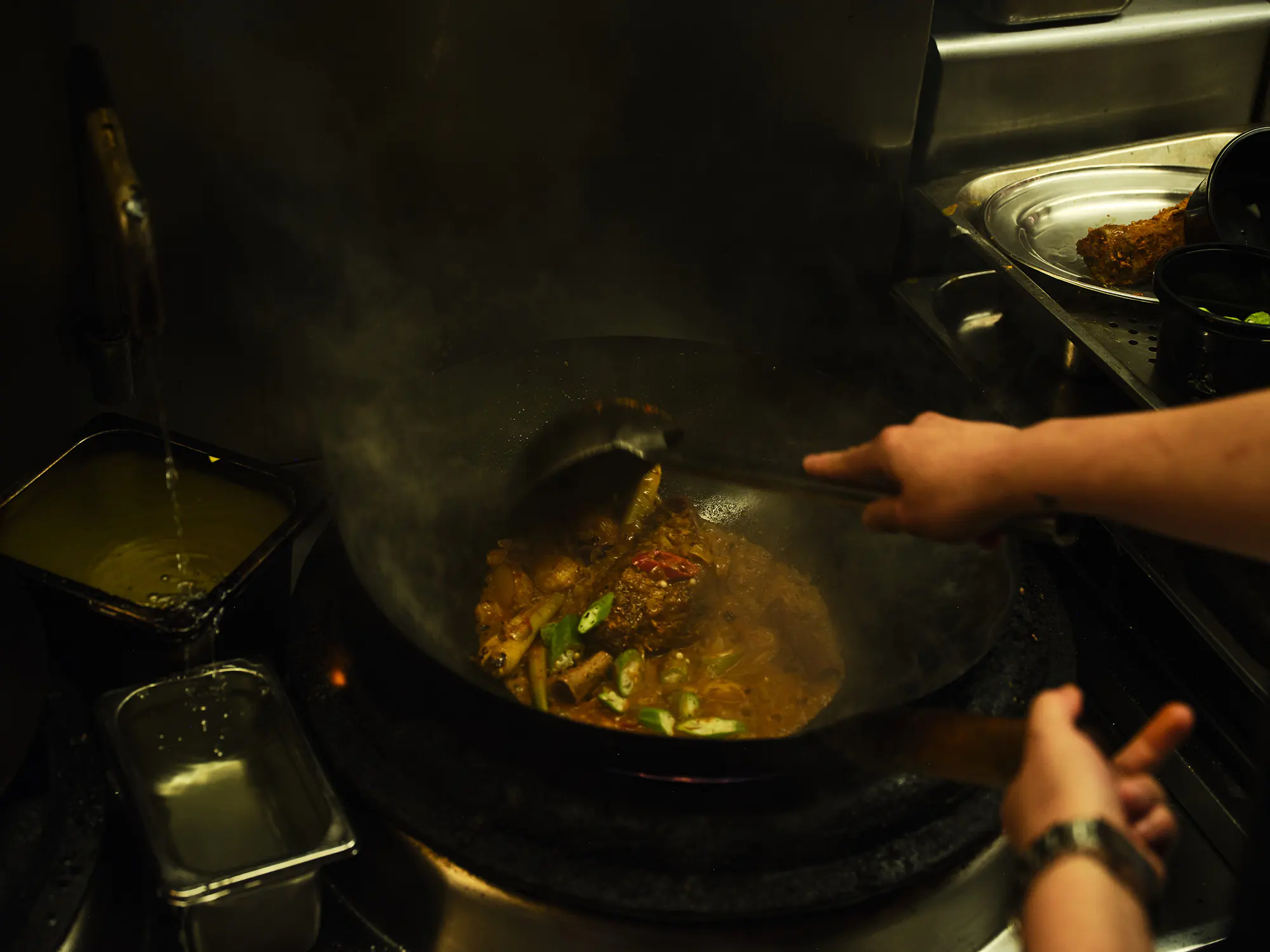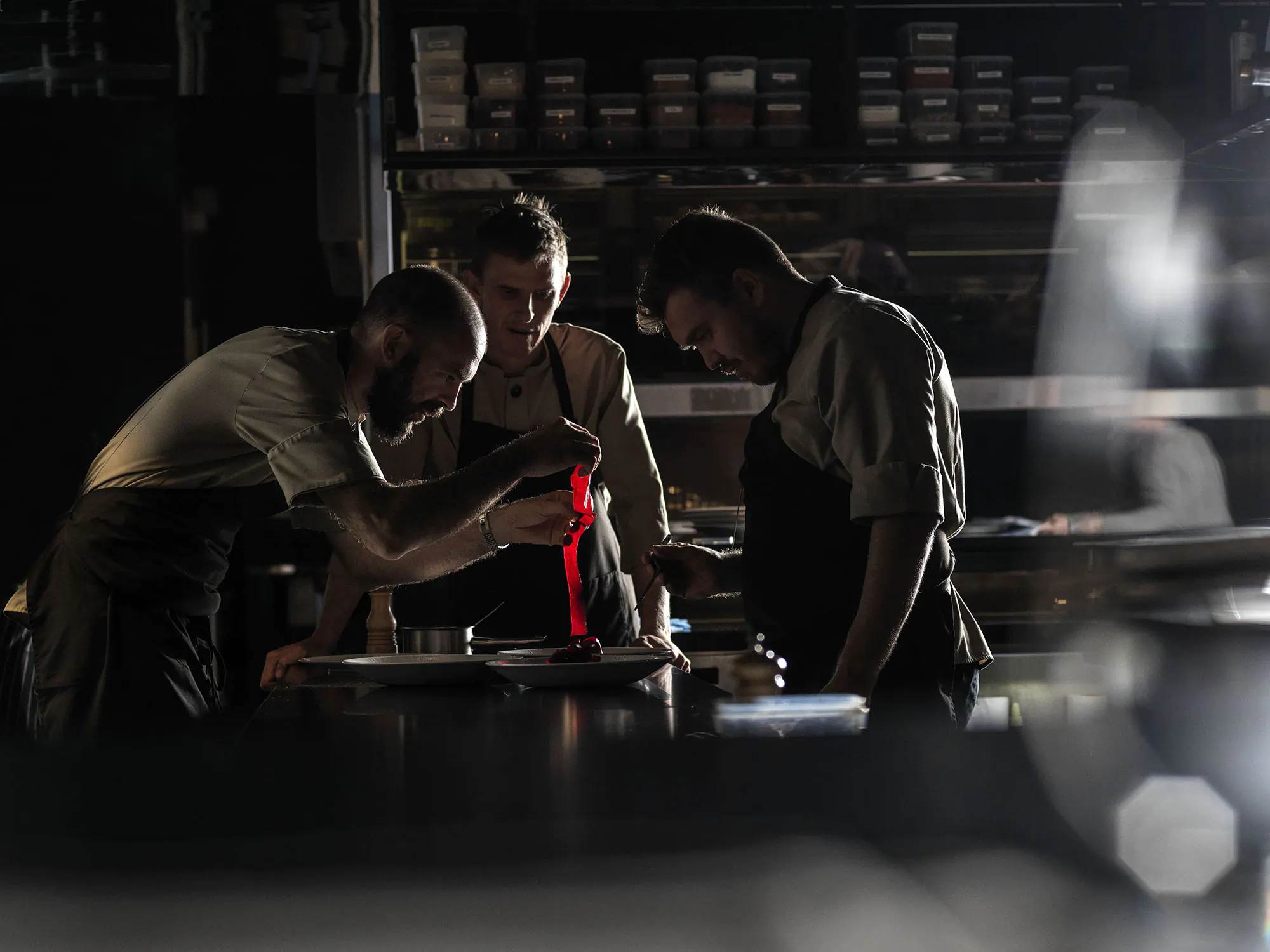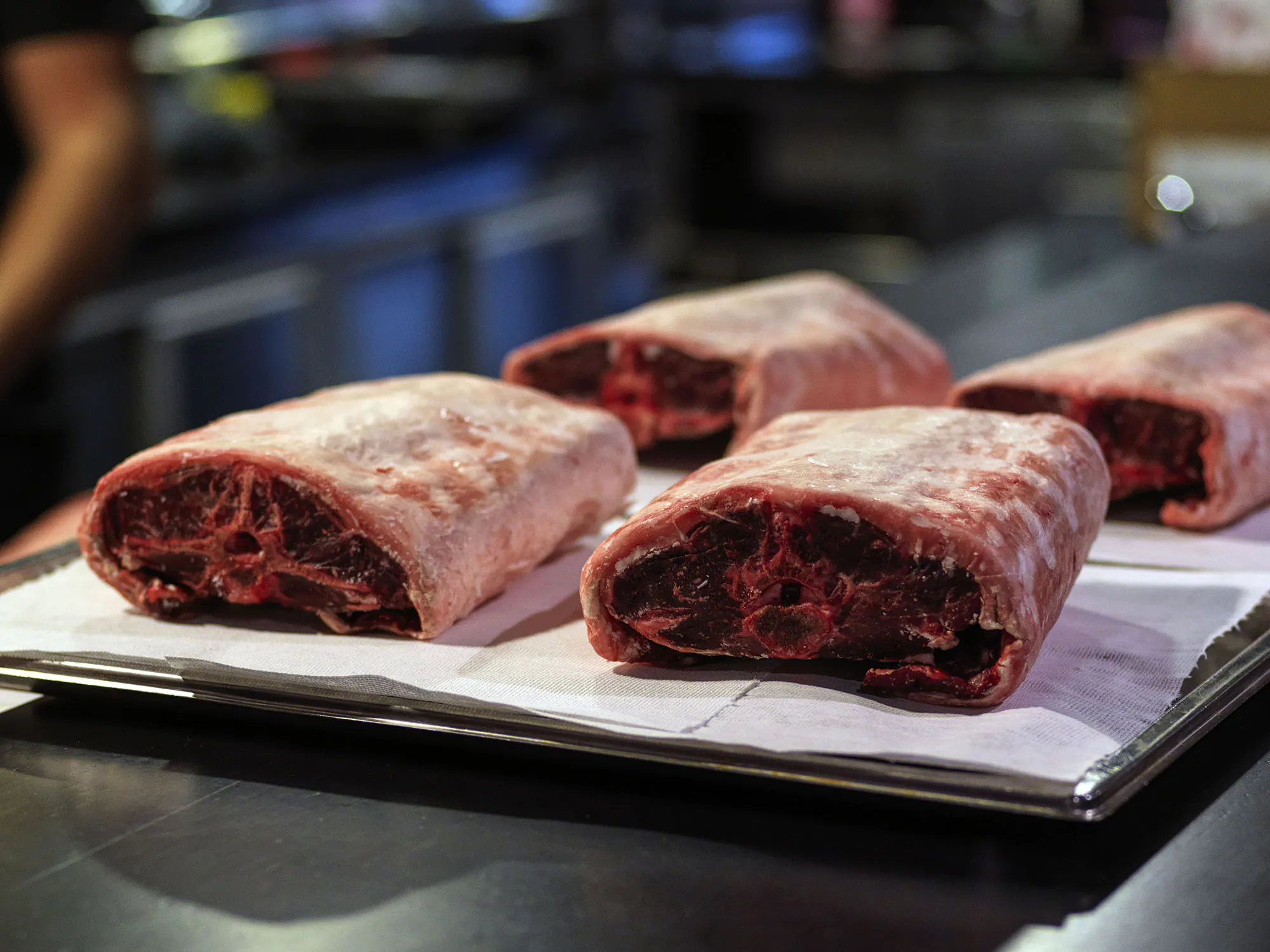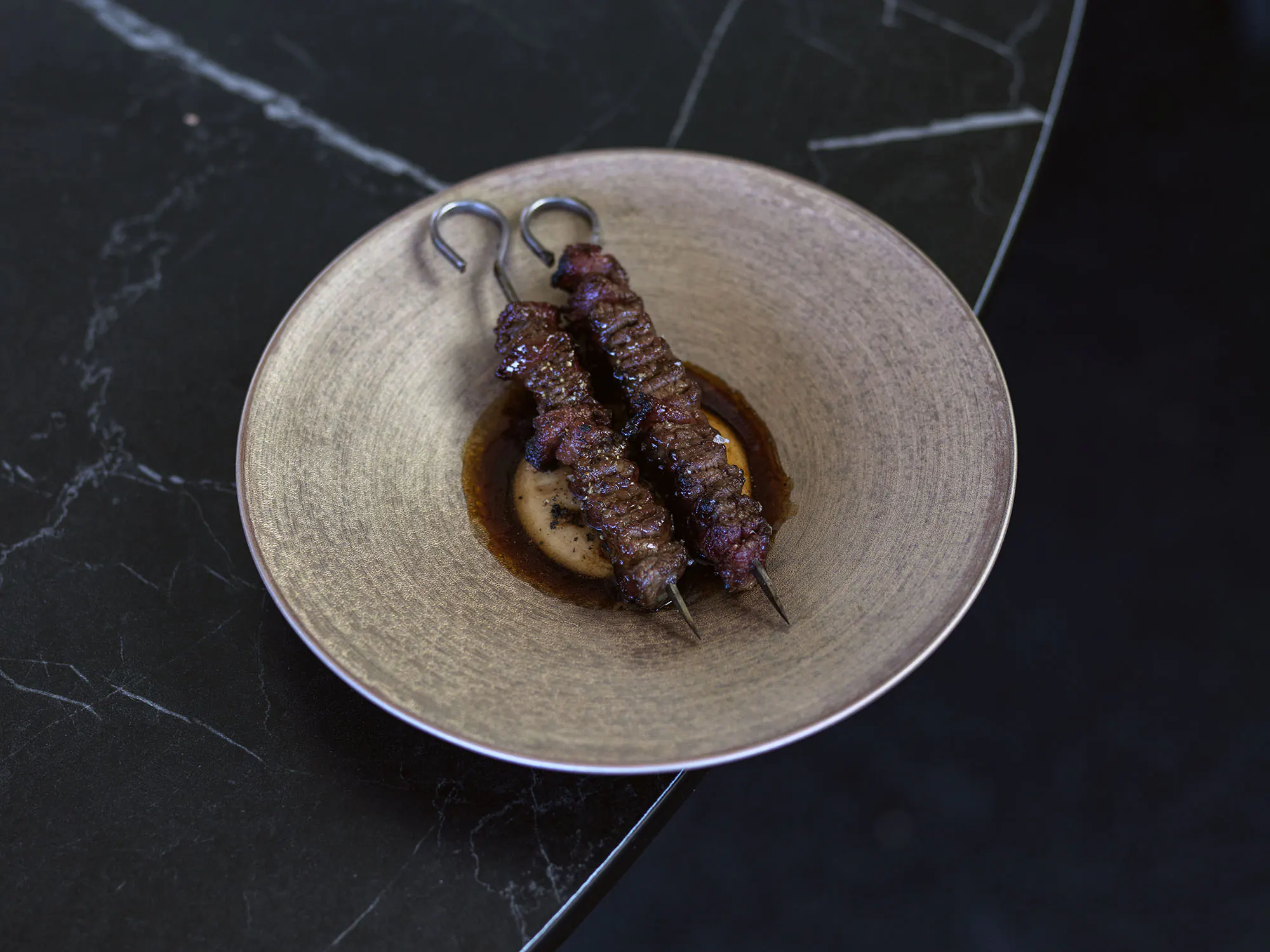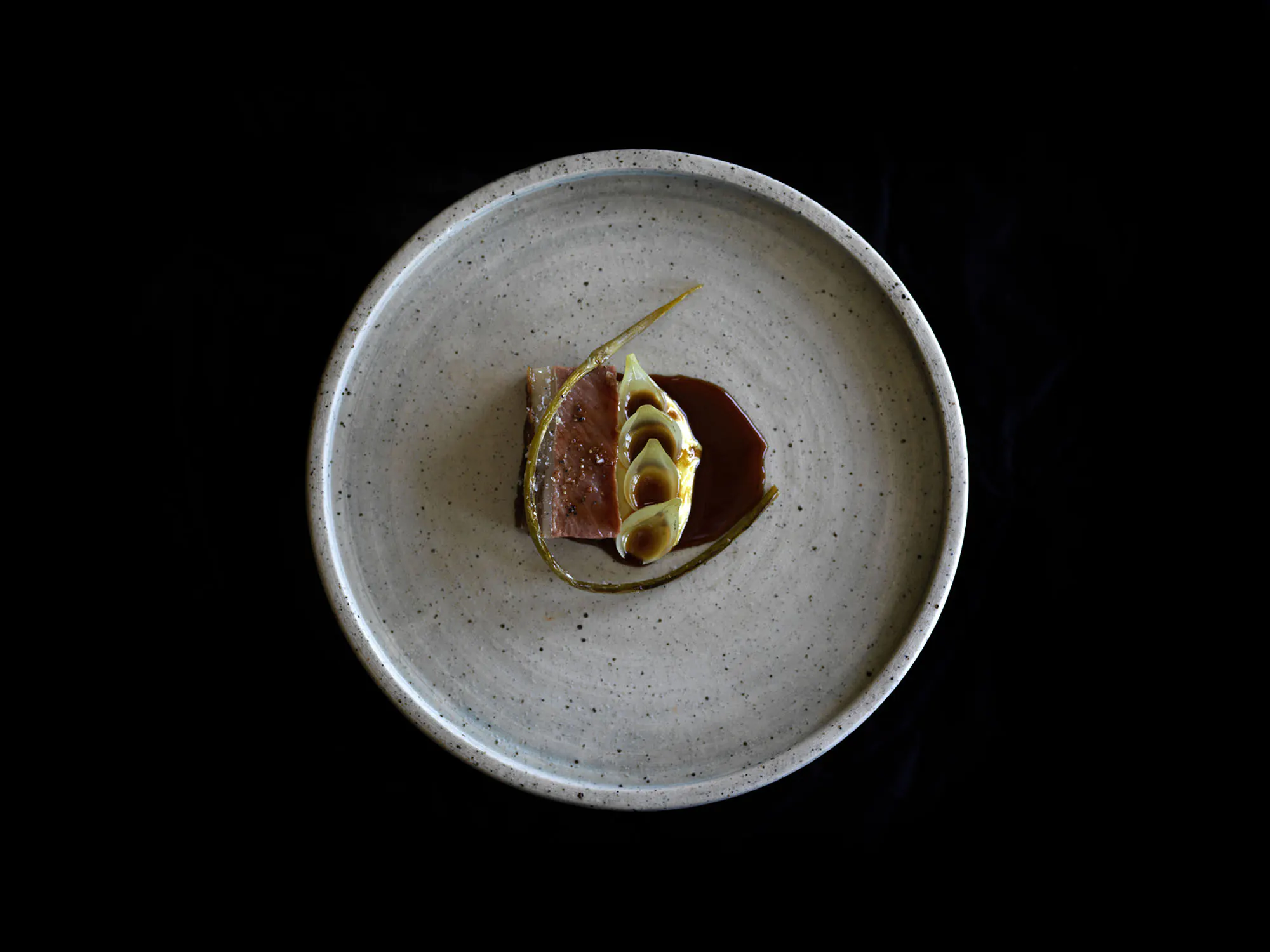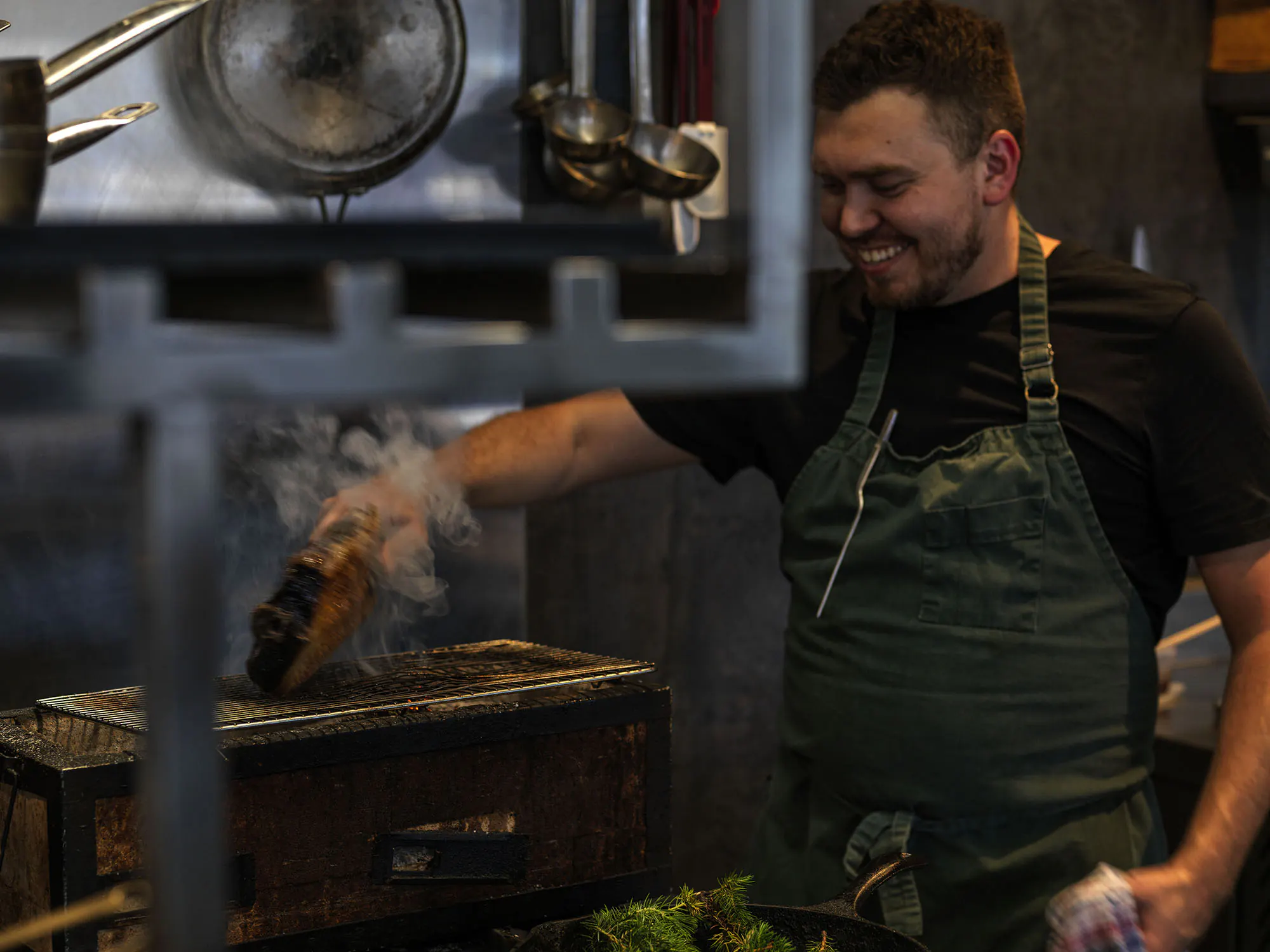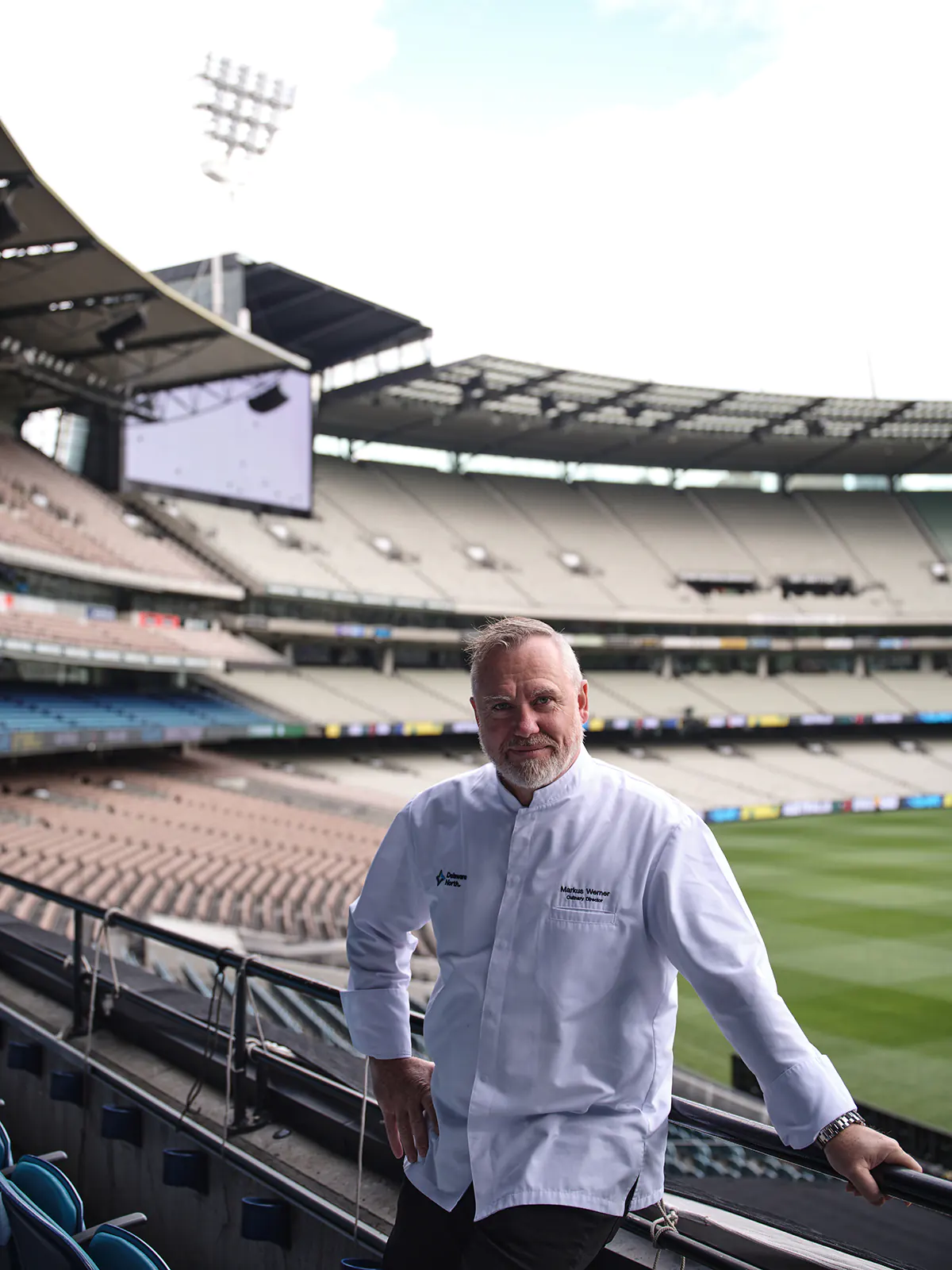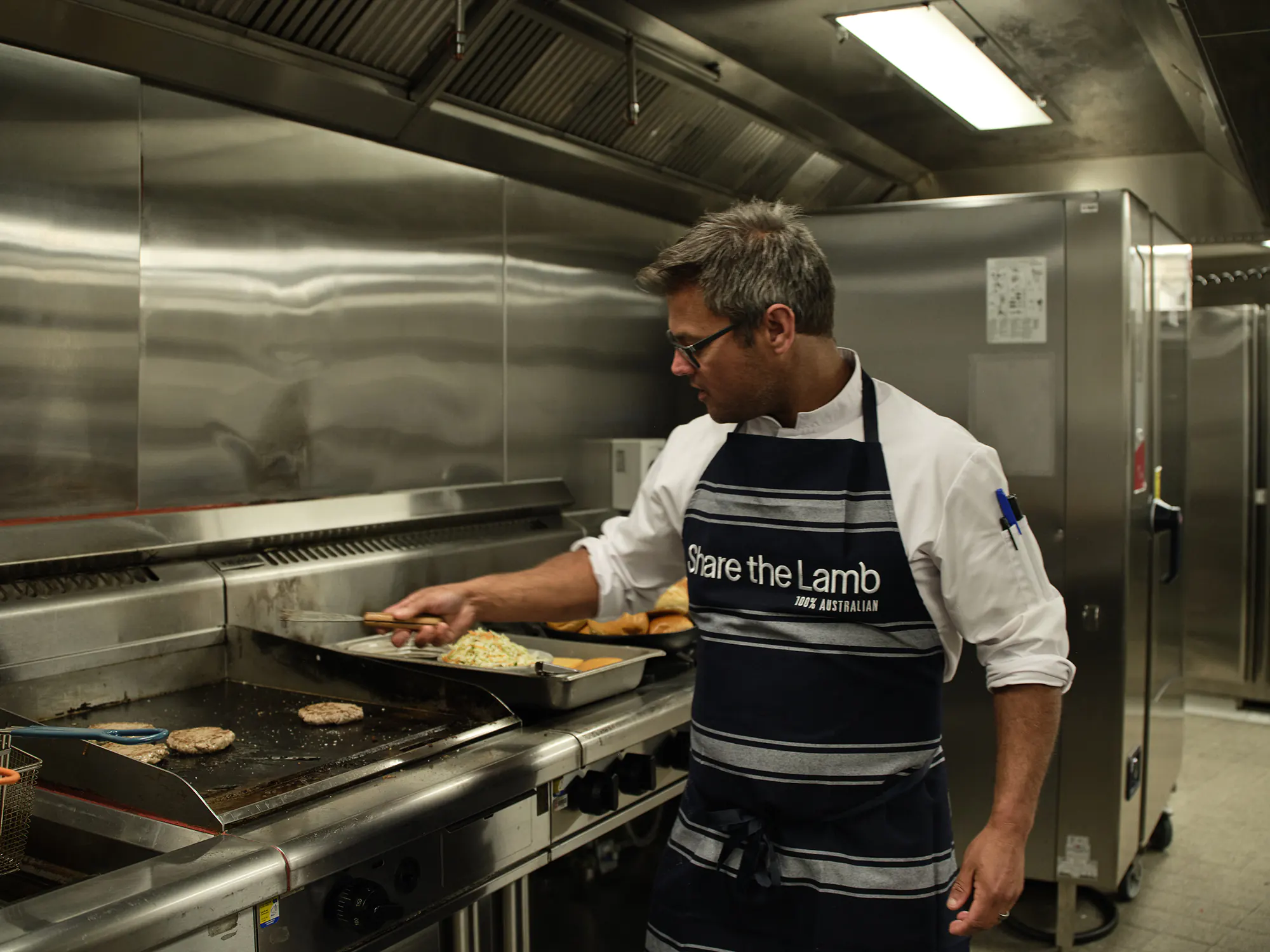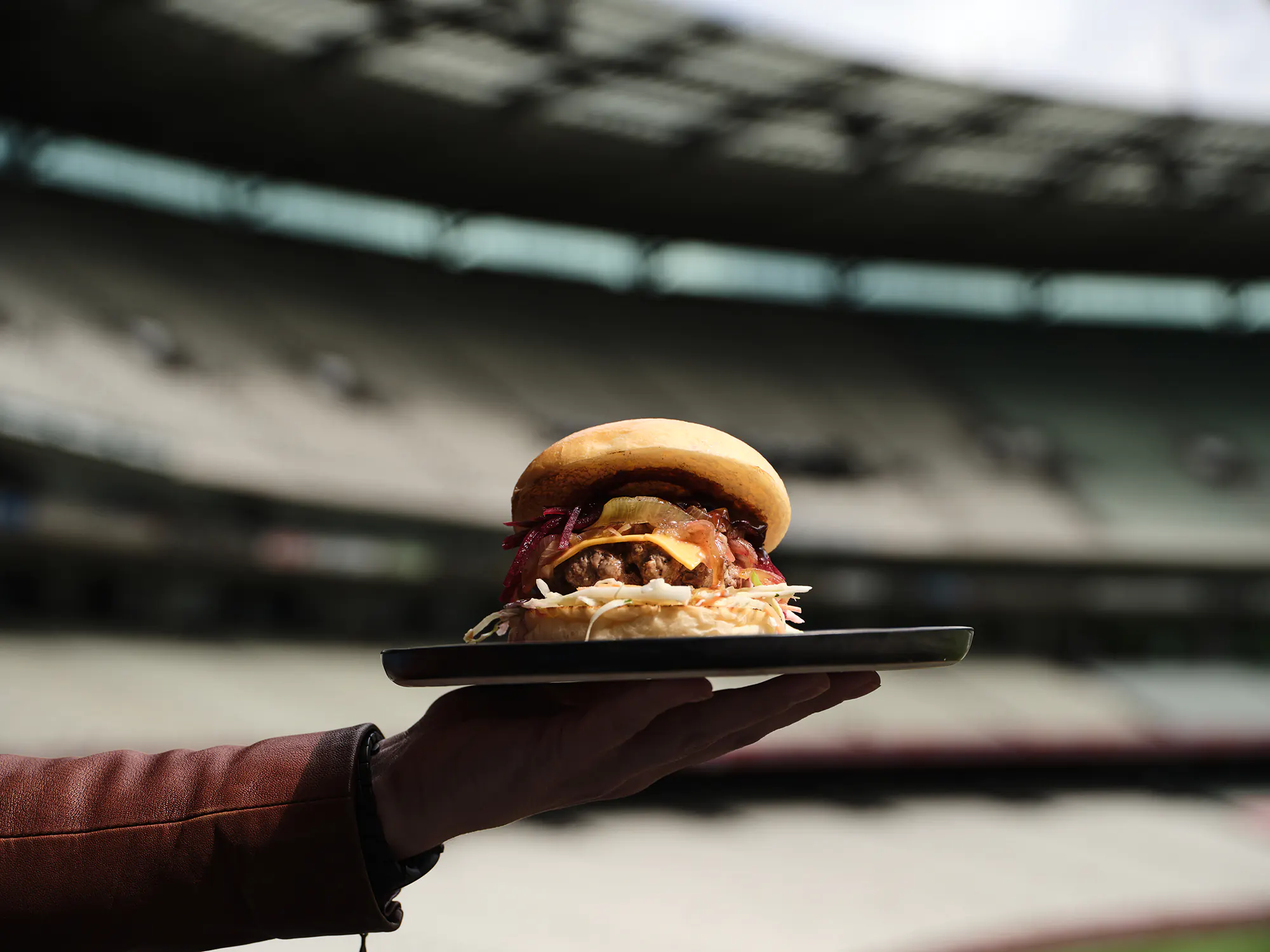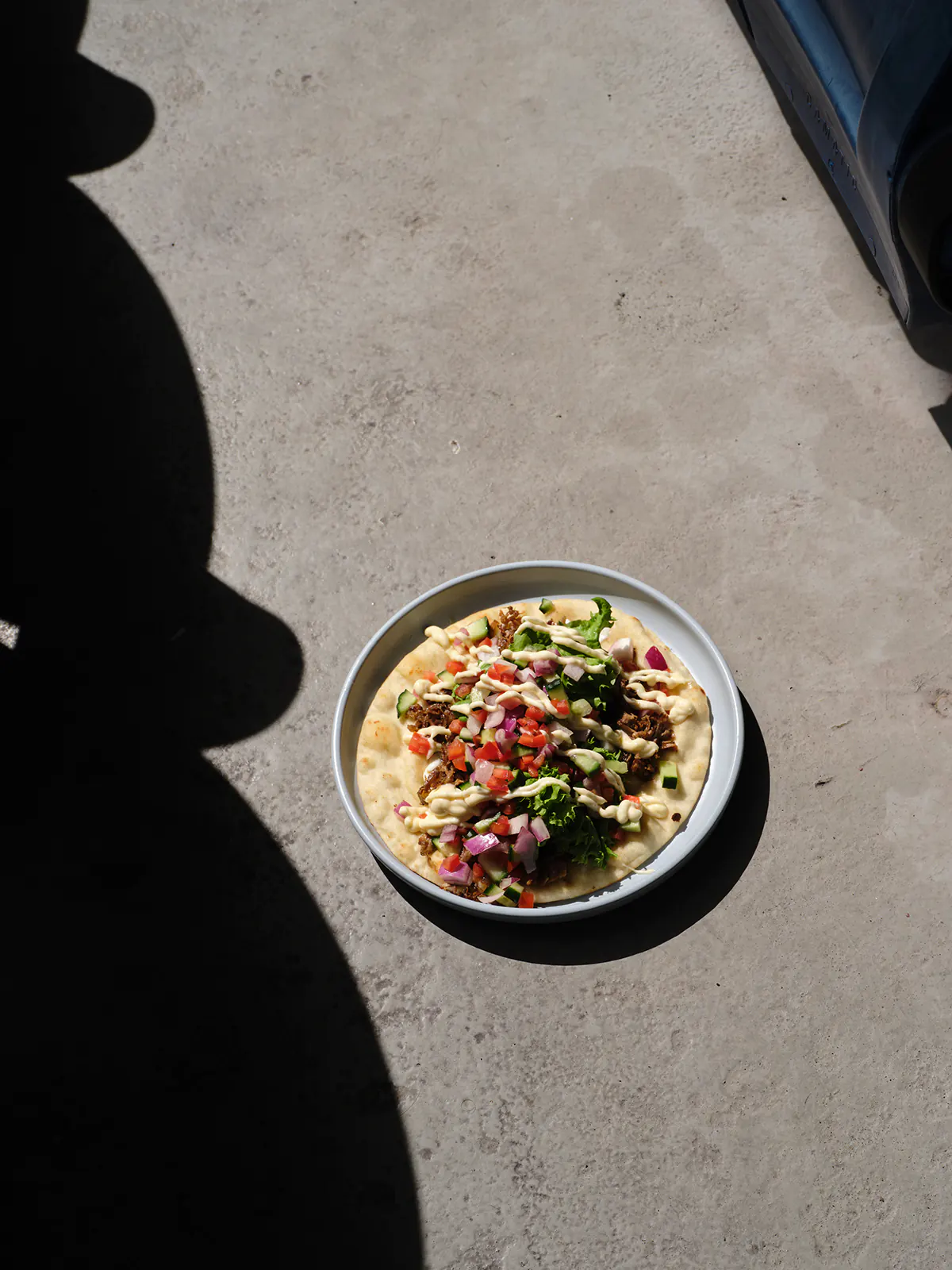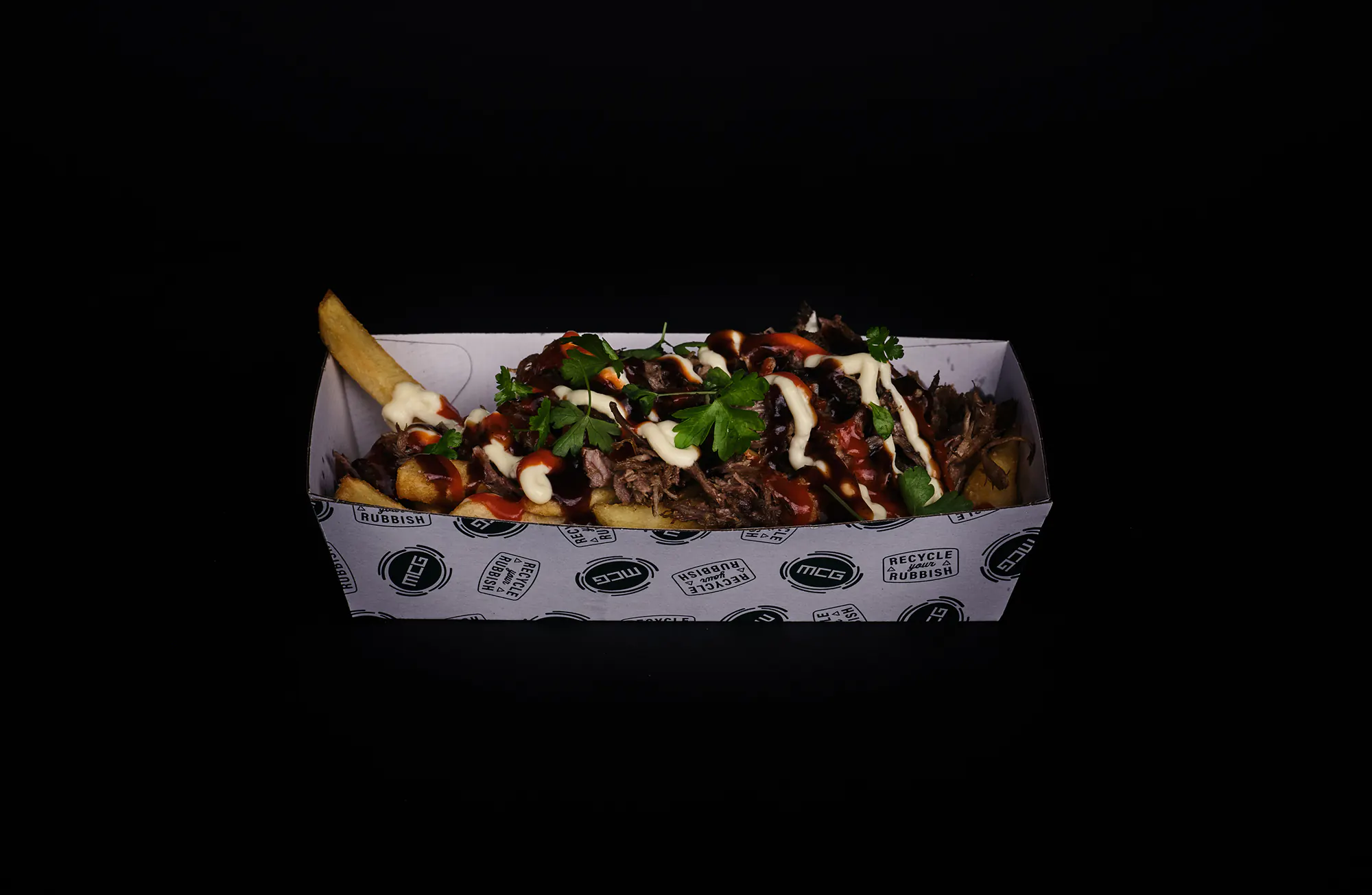Editor’s
Letter
Welcome to our Summer Issue – a season some consider the most wonderful time of the year, and I tend to agree.
Each January, Australian Lamb hits the spotlight with the release of the Summer Lamb campaign and the infamous Australian Lamb Ad – the tongue in cheek narrative plays on Australian culture with lamb as the centrepiece.
It’s more than just an ad, it’s a fully integrated marketing campaign that puts lamb front and centre in the hearts and minds of Australians over the Summer months – and provides a platform for foodservice businesses to leverage the increased awareness and desire for lamb with their own on menu lamb specials.
In this issue, Pat Nourse catches up with Jason Lui at Flower Drum, a Melbourne fine dining institution for 47 years where the quality of Australian lamb sees it appear multiple times on the menu – not a common occurrence in Cantonese cuisine.
Mark Best shares his love of lamb with three recipes that celebrate the quality and diversity of Australian lamb – there’s a Sichuan-style tartare, a beautifully blushing rack and a Christmas glazed long leg to give the ham a run for its money.
Myffy Rigby goes full Summer with a visit to the Gold Coast for What’s Good in the Hood – the Goldy is emerging as a destination as much for its food as for its golden stretches of sand and shimmering seas.
Our Young Gun this issue is the 2023 Good Food Guide Young Chef of the Year Tom Foster. Currently head chef at ELE by Federico and Karl, Tom has worked in the fine dining space for 10 years using modern techniques to showcase hyper seasonal produce.
Aligning with the Summer Lamb campaign, Lucas Restaurants have implemented special lamb dishes across several of their venues to celebrate Australian Lamb. We showcase two dishes from Benjamin Cooper at Chin Chin and Andrea Kok at Hawker Hall for our Summer Lamb Two Ways.
Finally, for our Big Business section we visit the iconic Melbourne Cricket Ground where Australian Lamb has produced a Hat Trick with a dedicated lamb venue selling three lamb dishes kicking off on Boxing Day and continuing throughout 2023. Howzat?!
So sit back, relax and let the lamb do the talking.

Mary-Jane Morse
Meat & Livestock Australia
[email protected]
@_raremedium
Copyright: this publication is published by Meat & Livestock Australia Limited ABN 39 081 678 364 (MLA).


